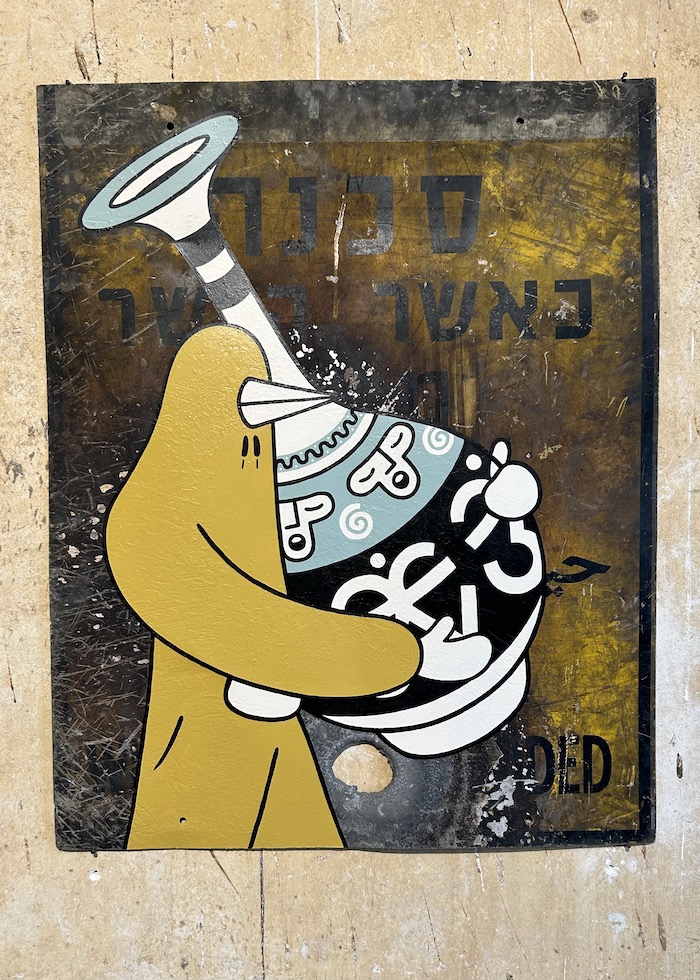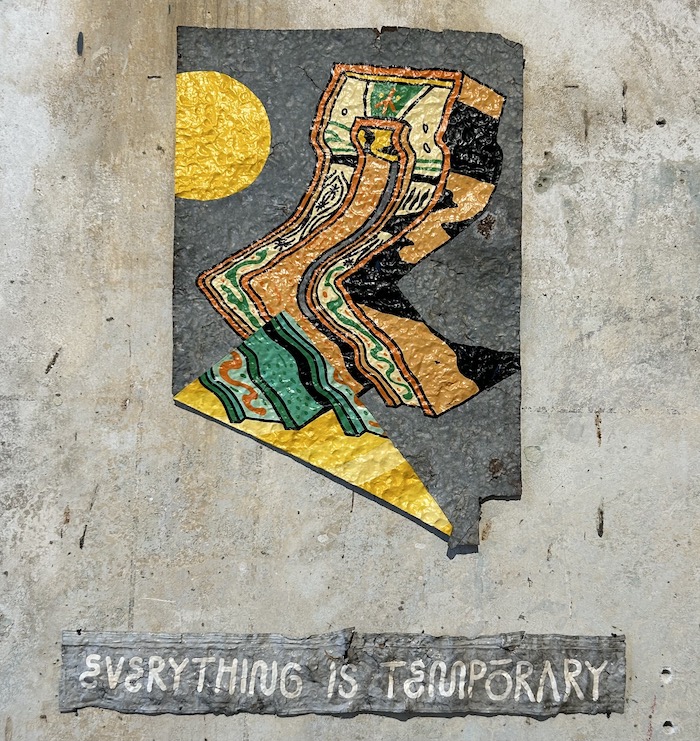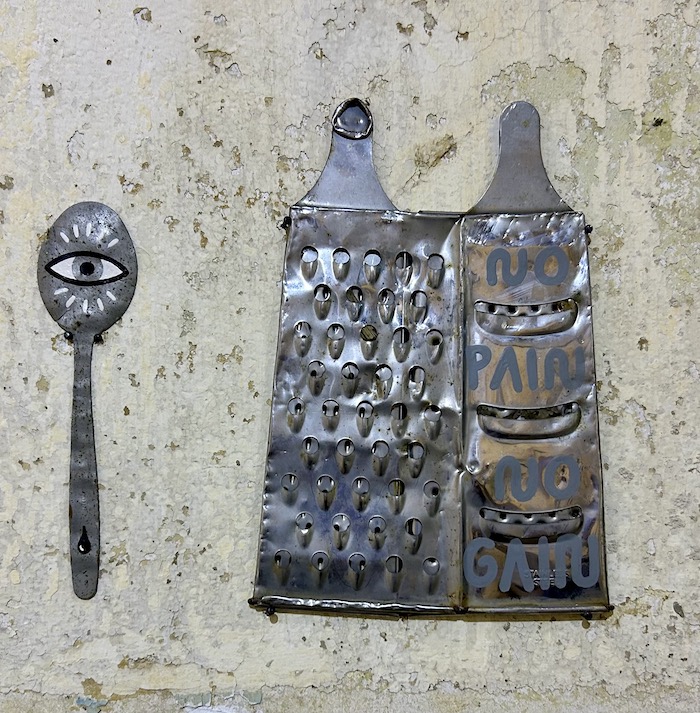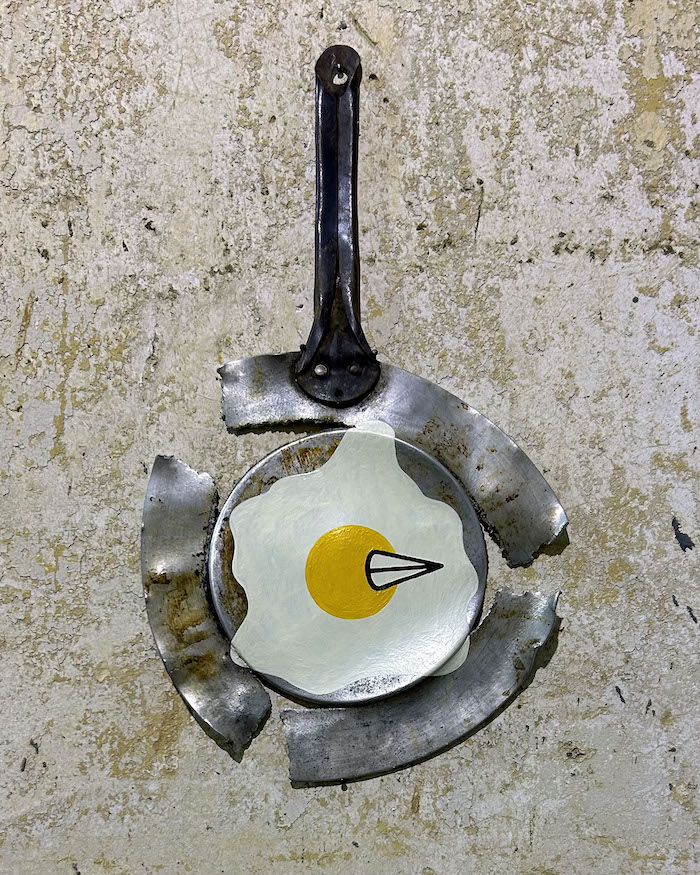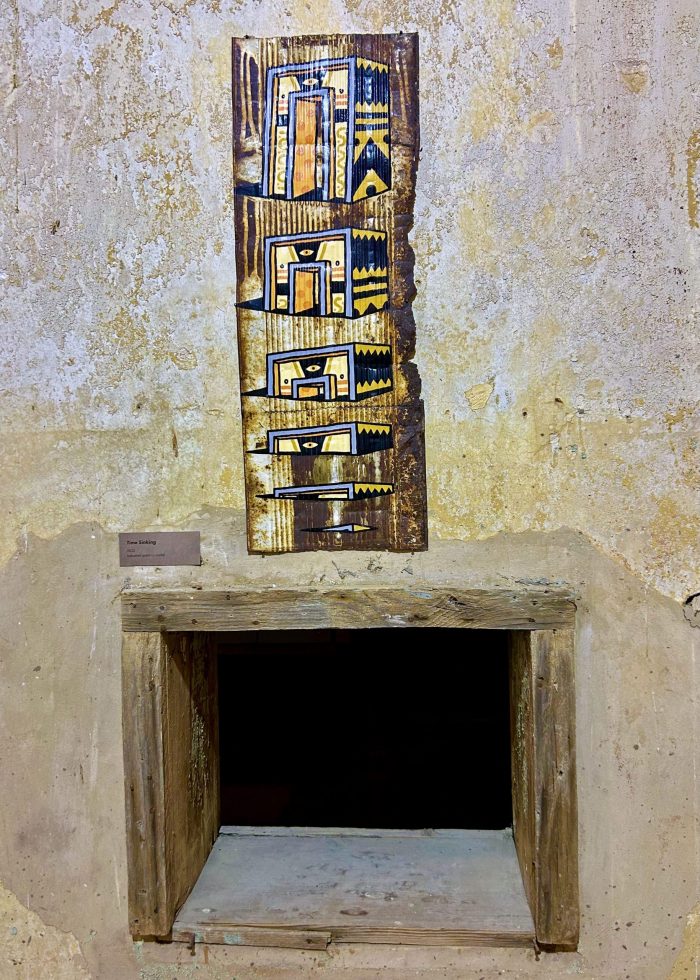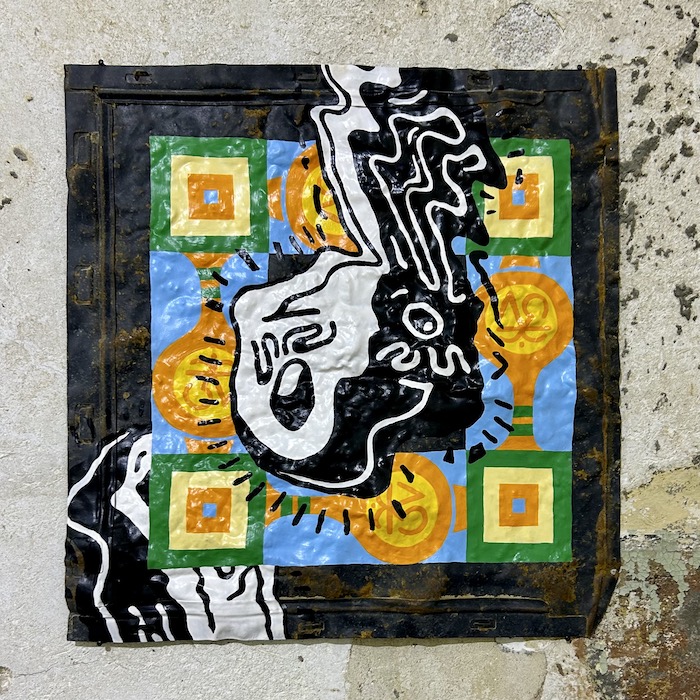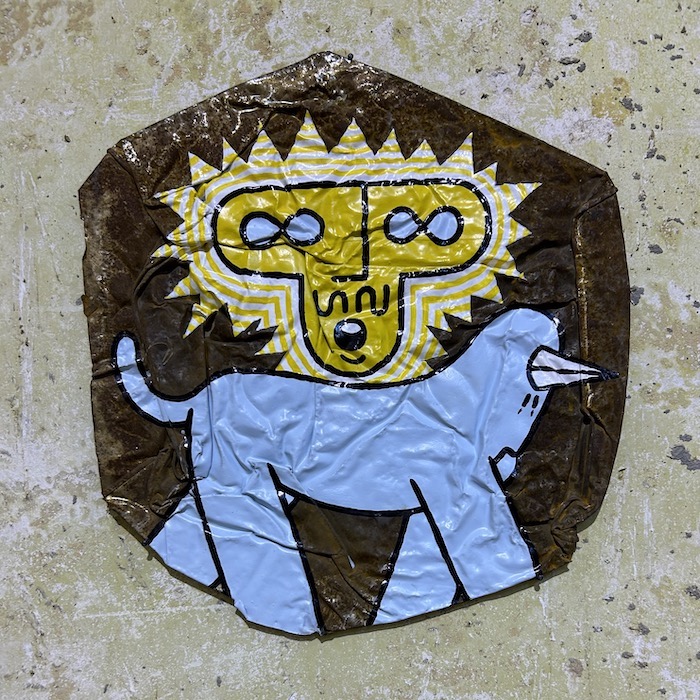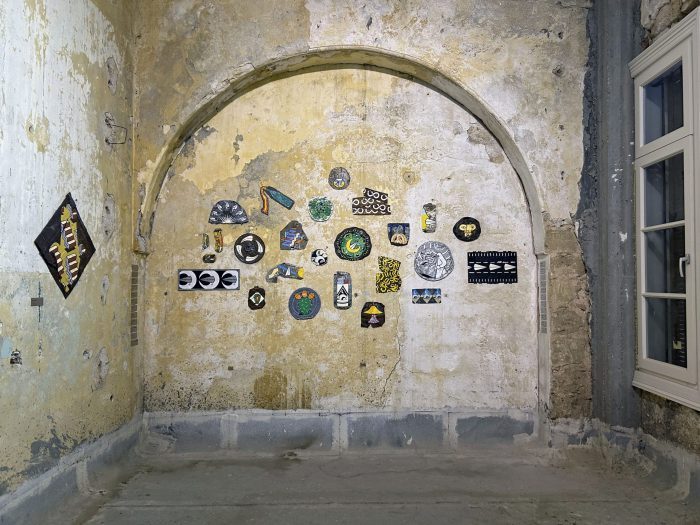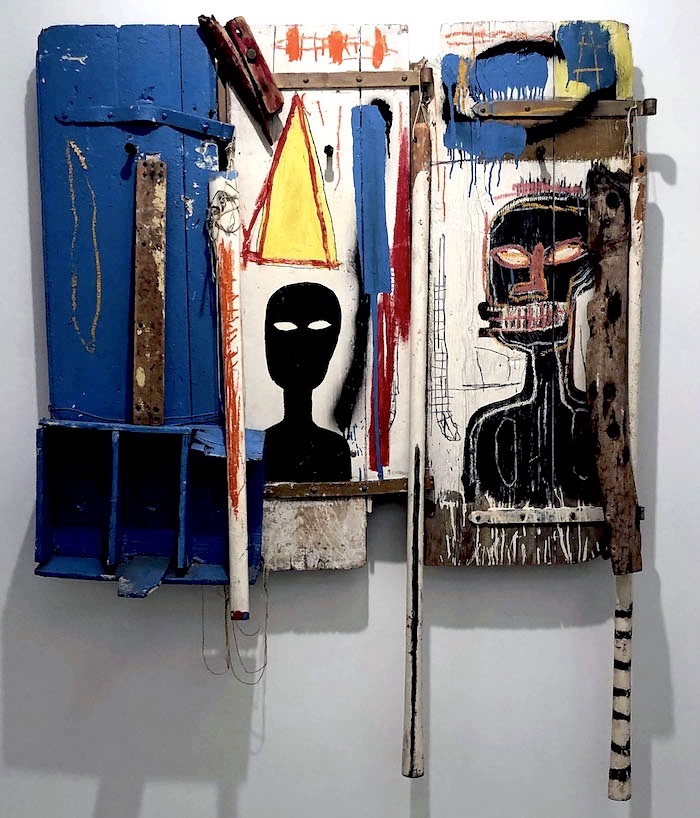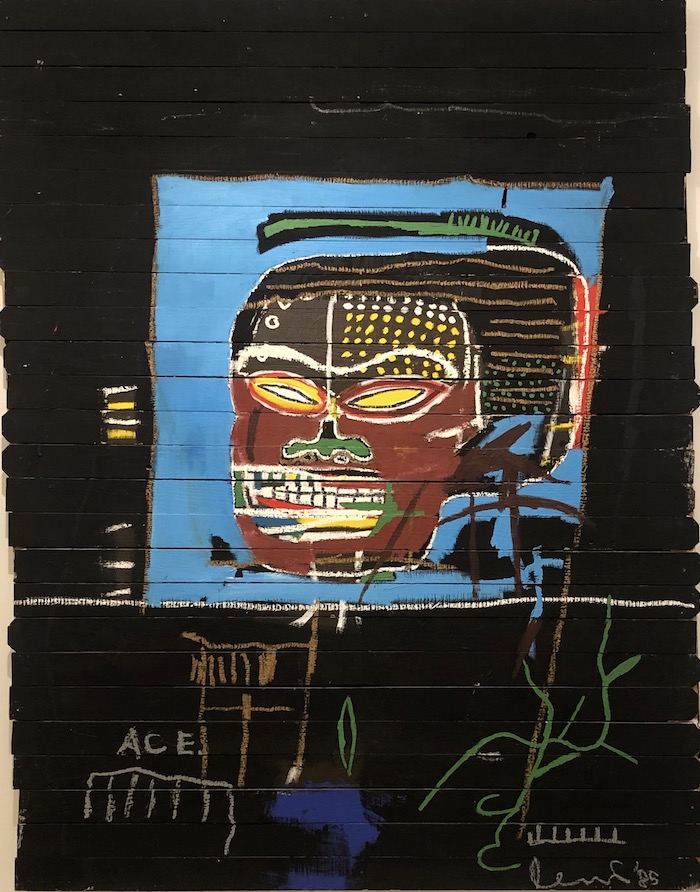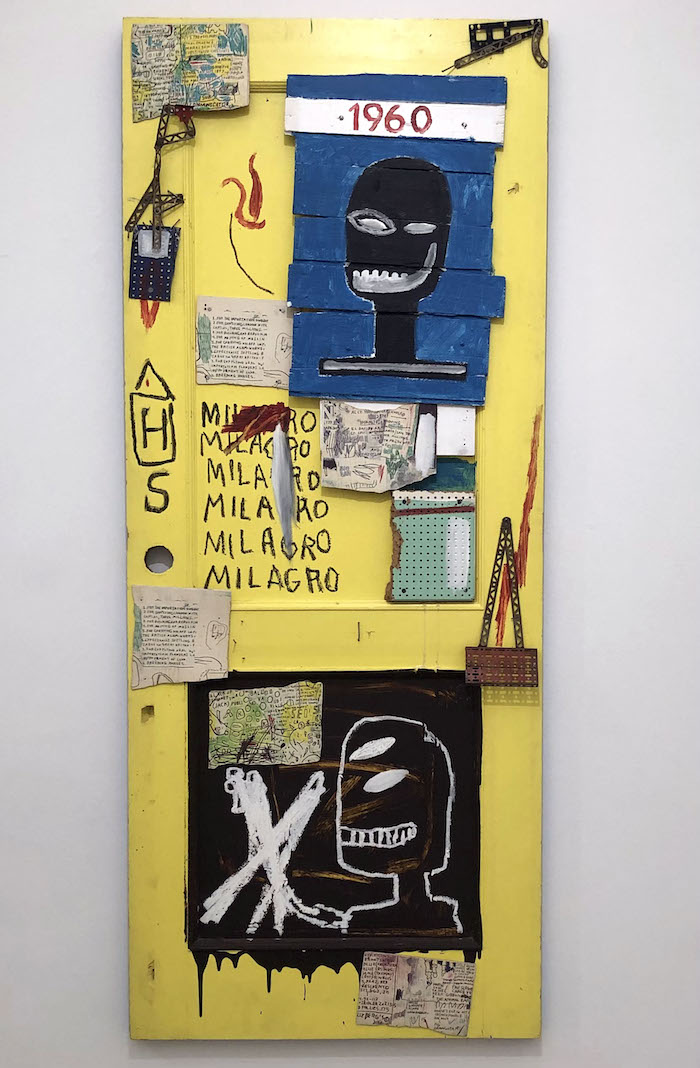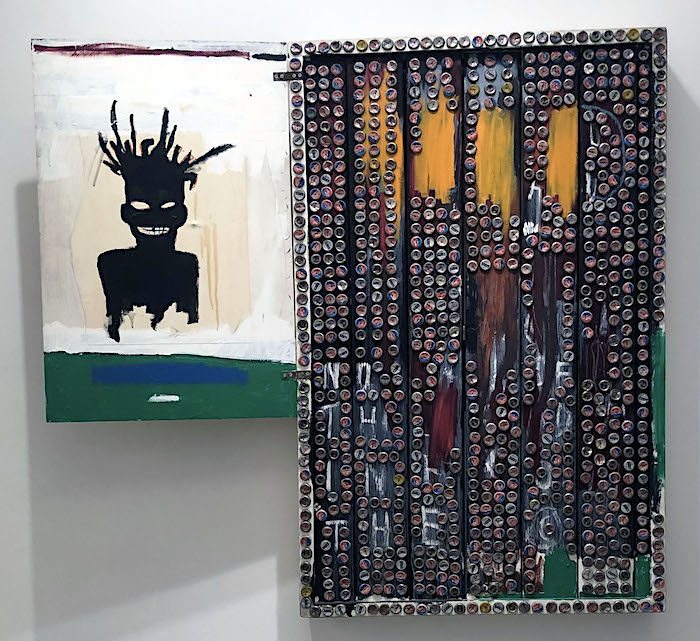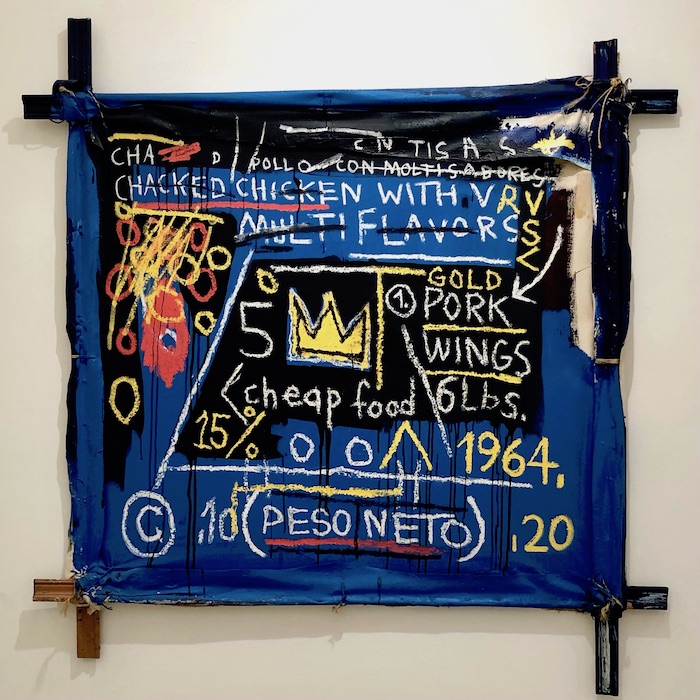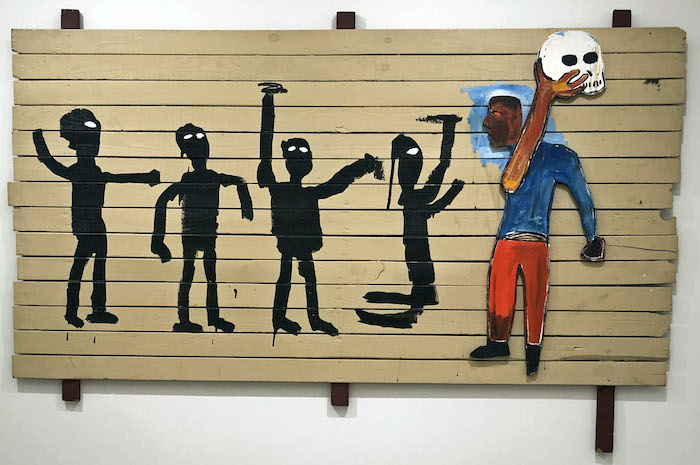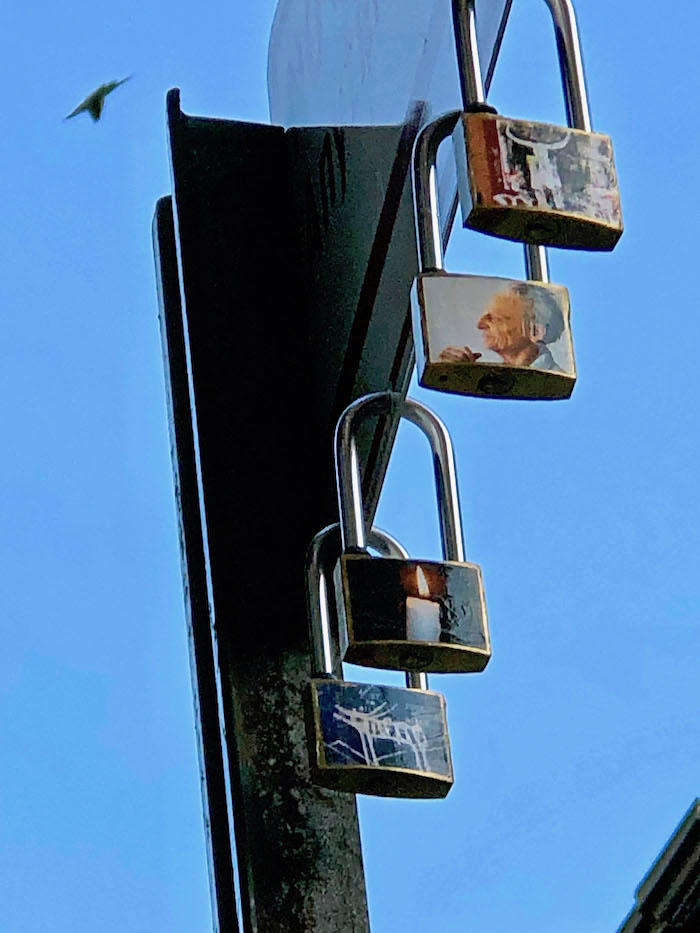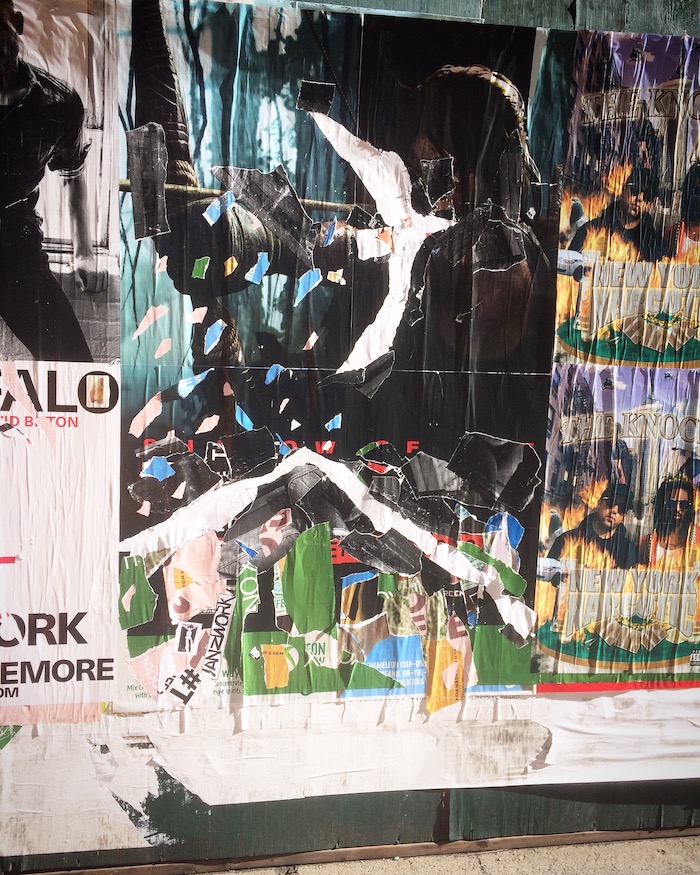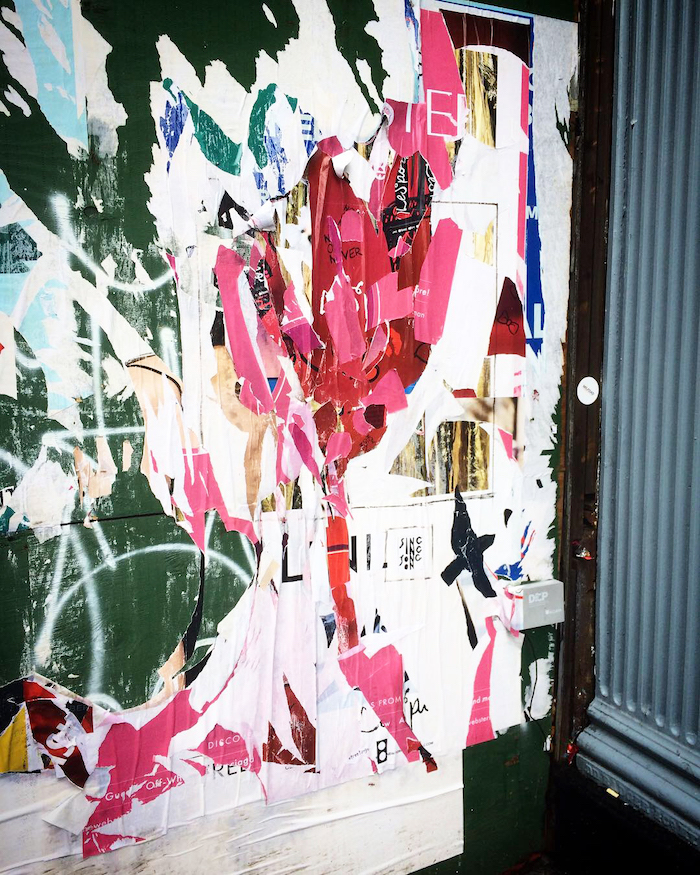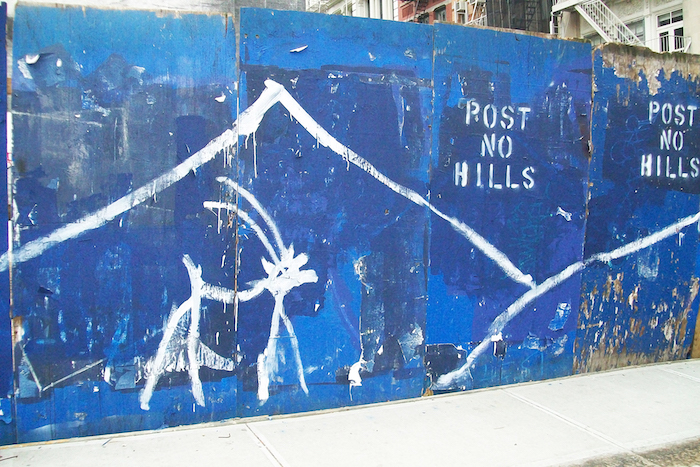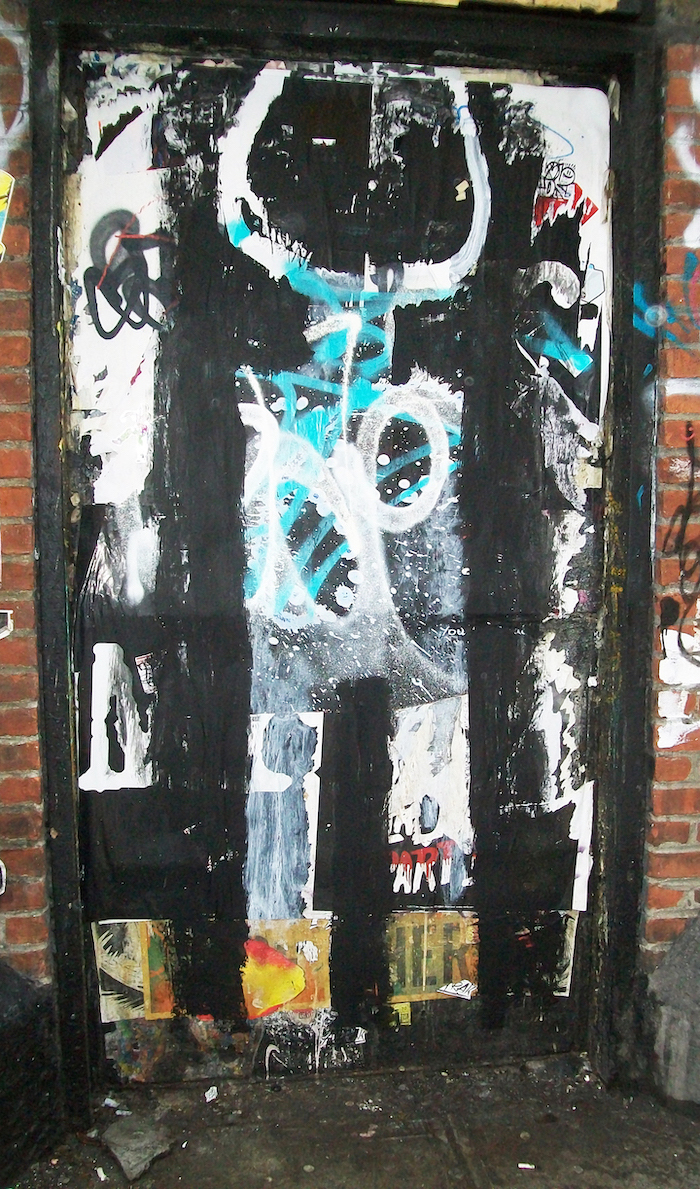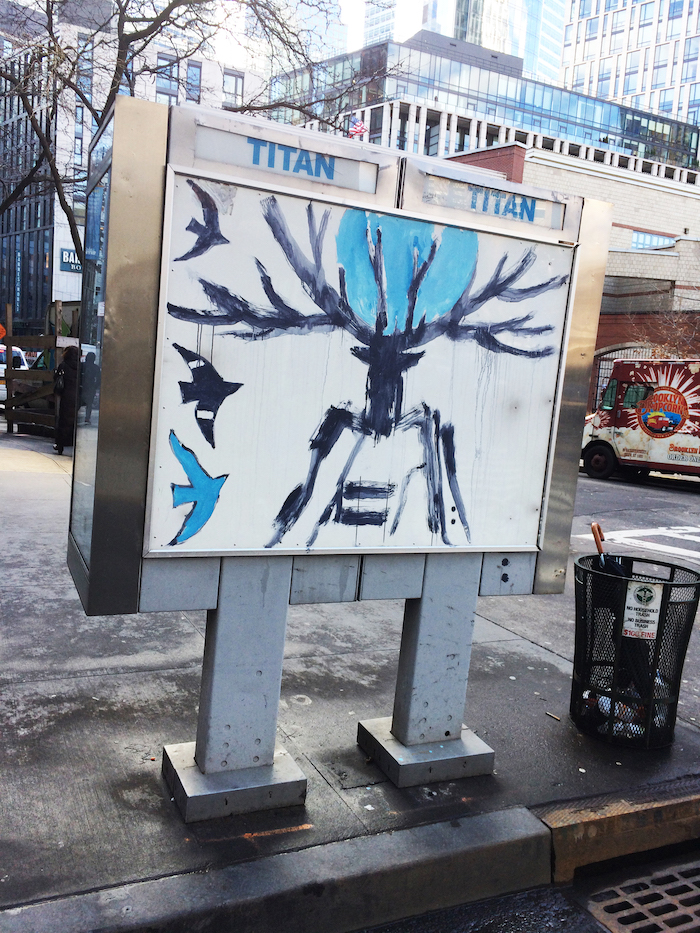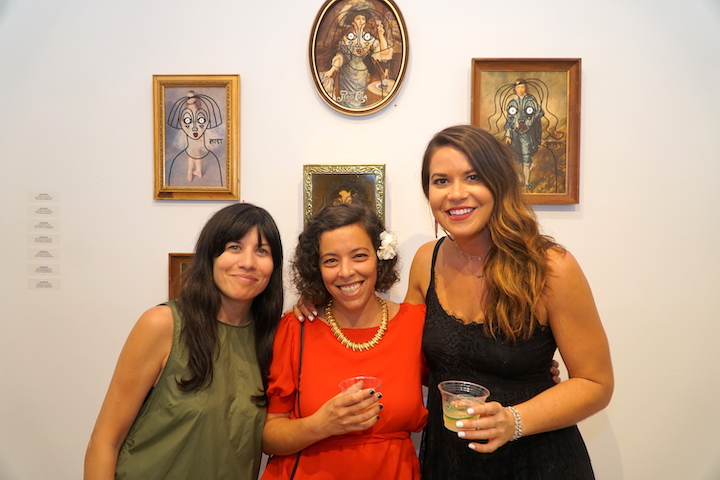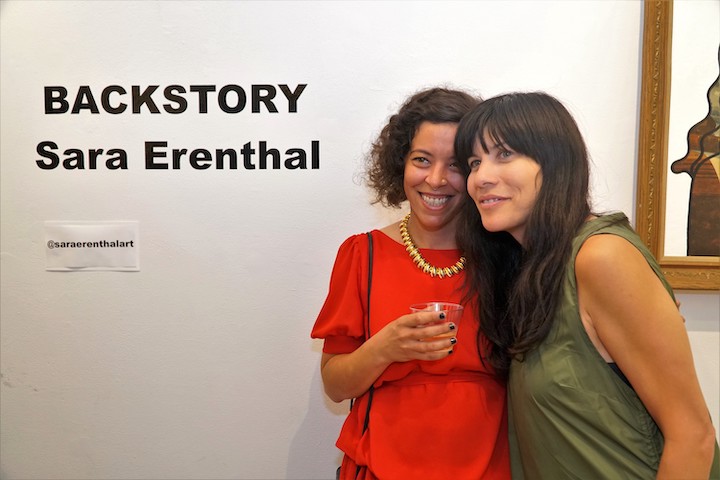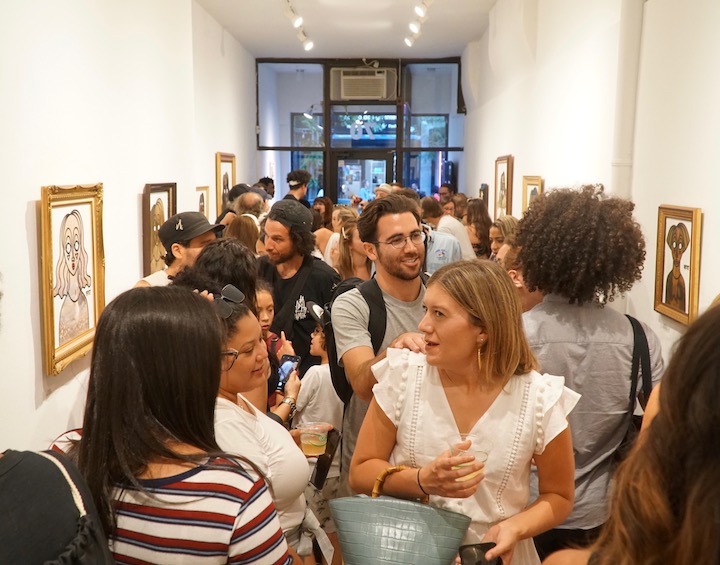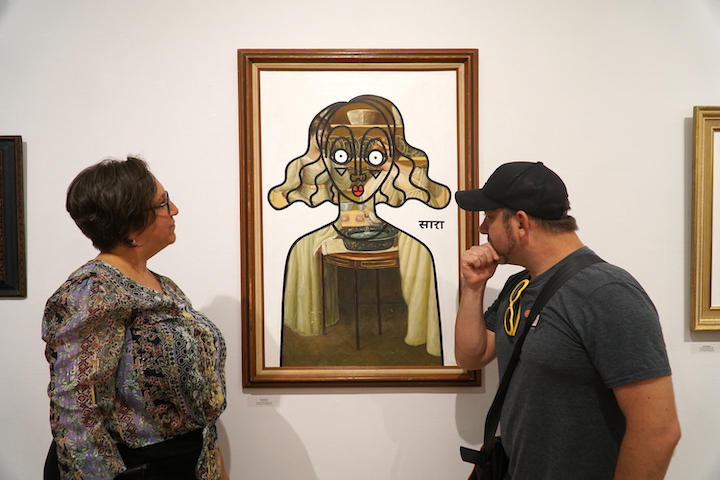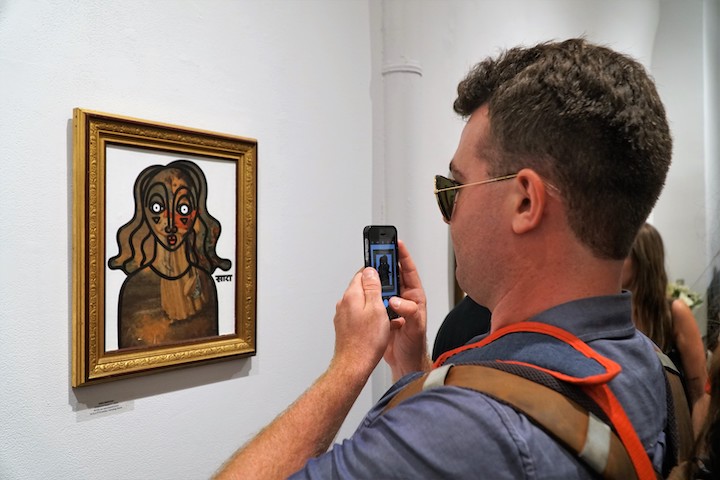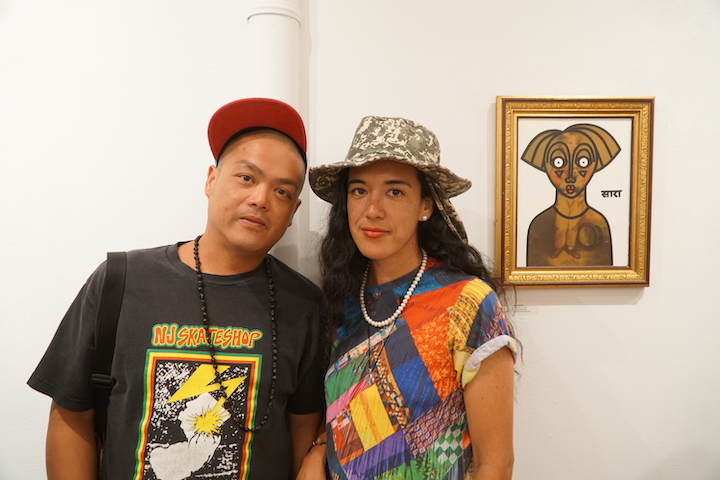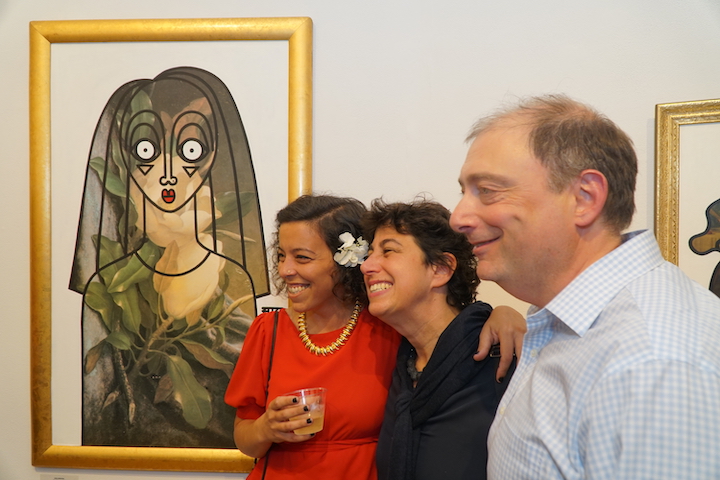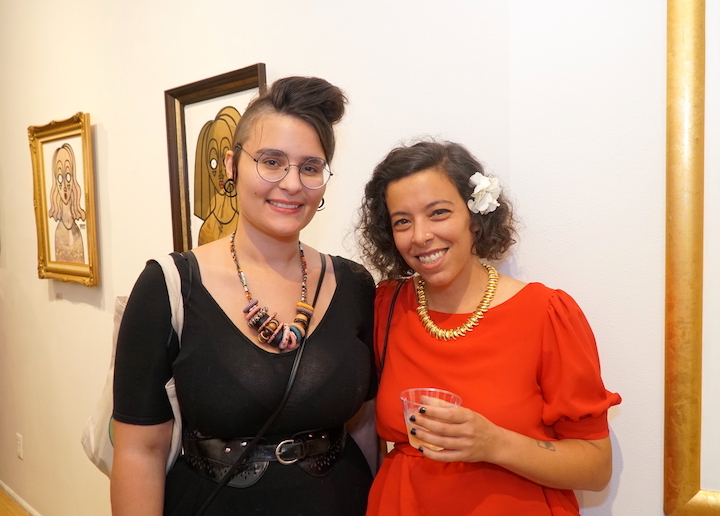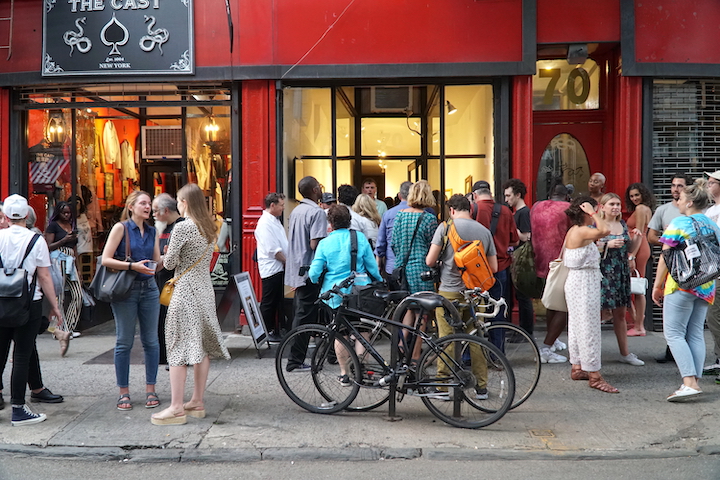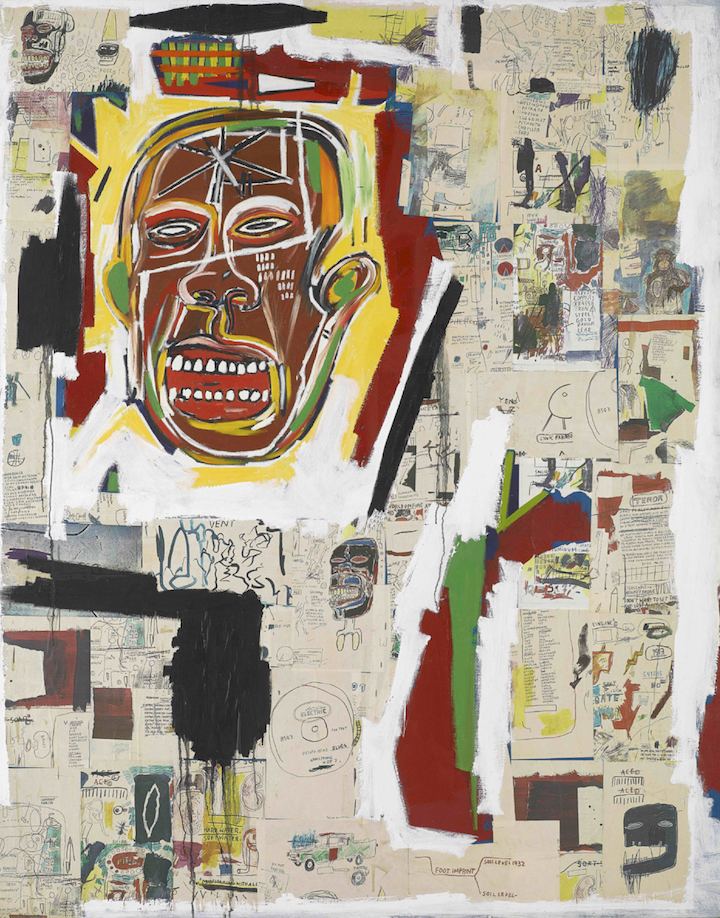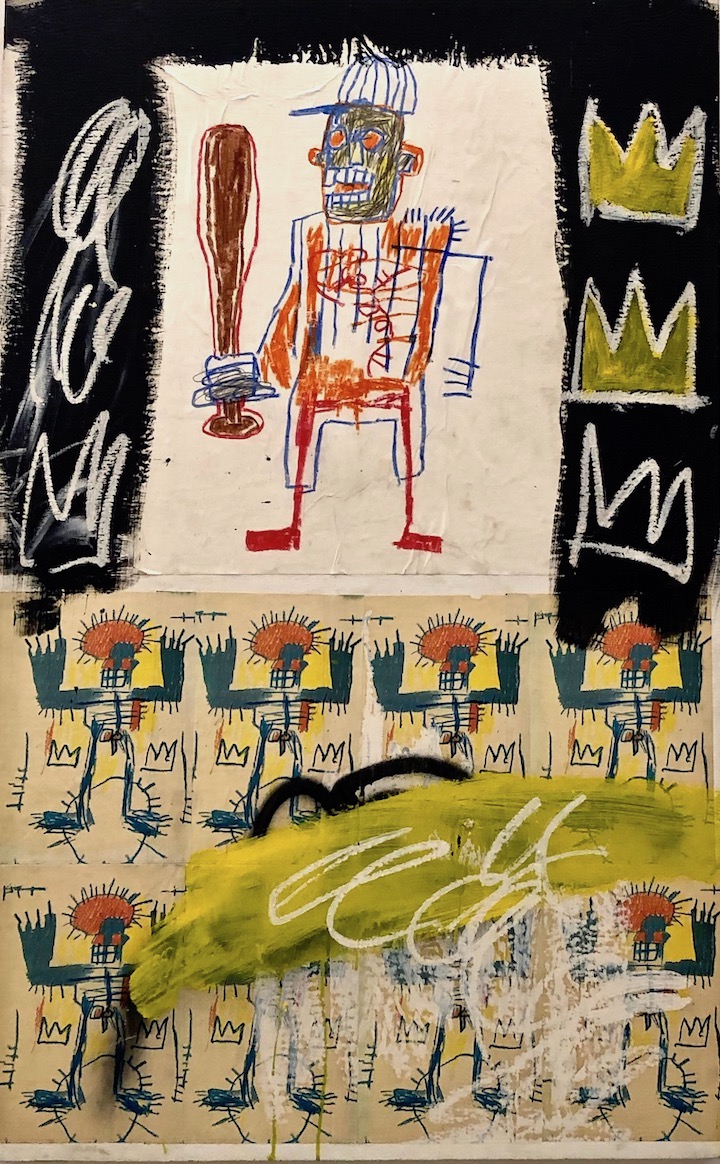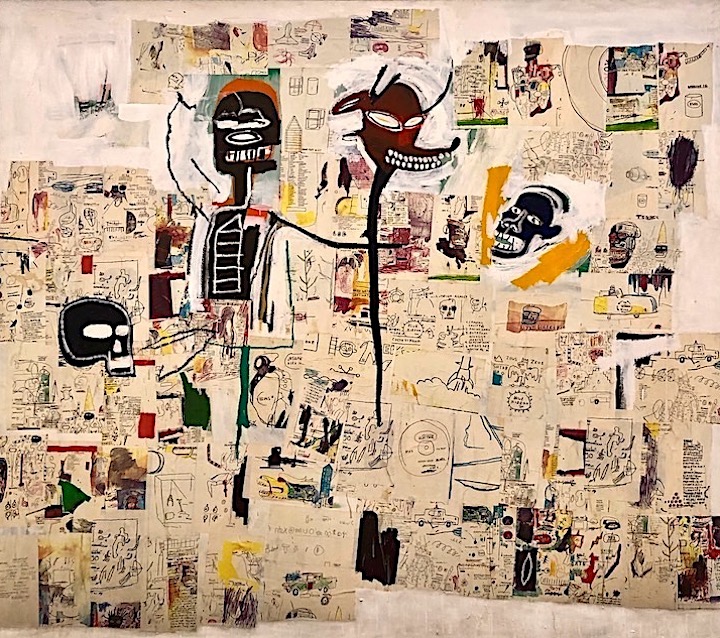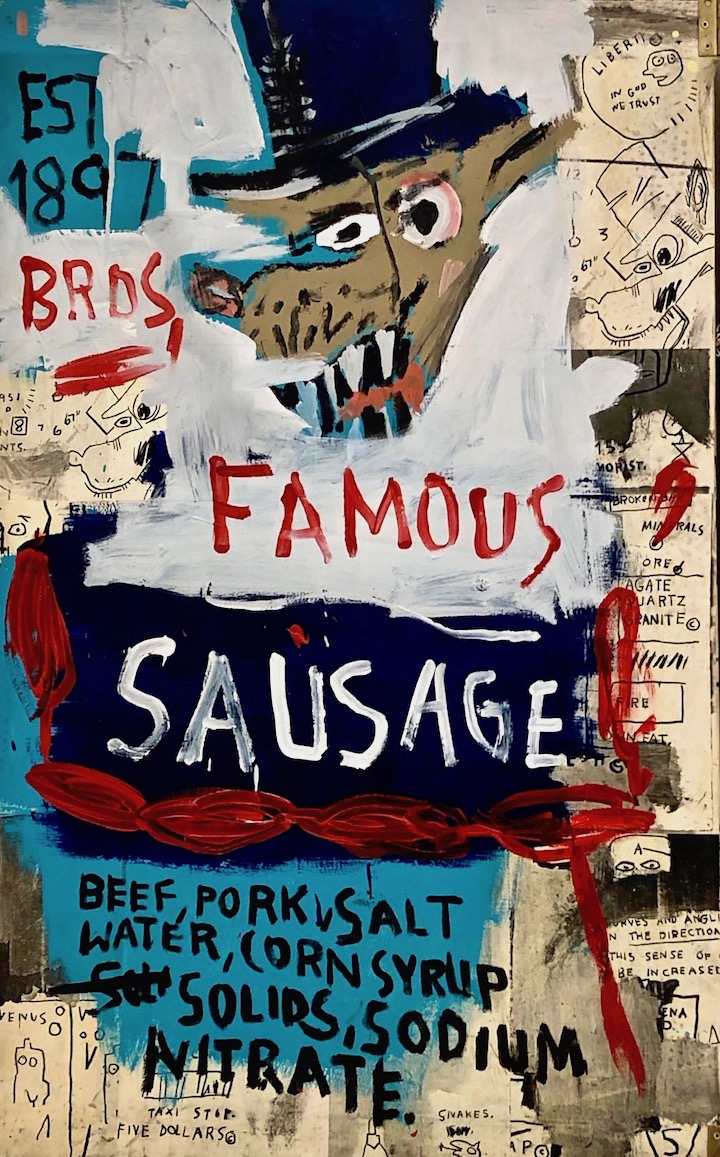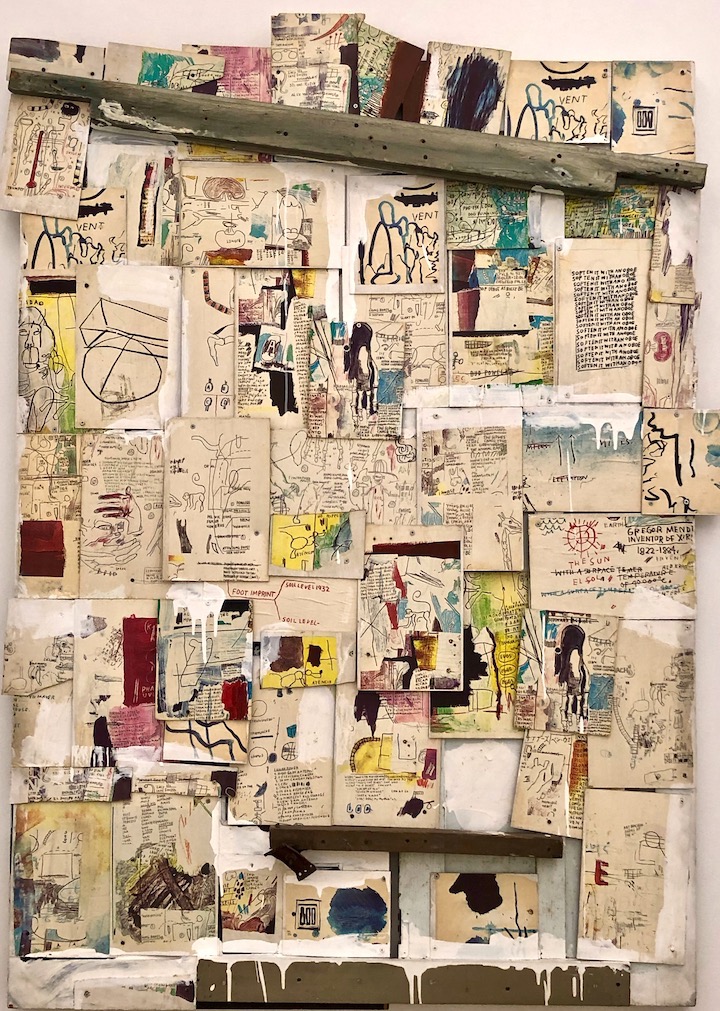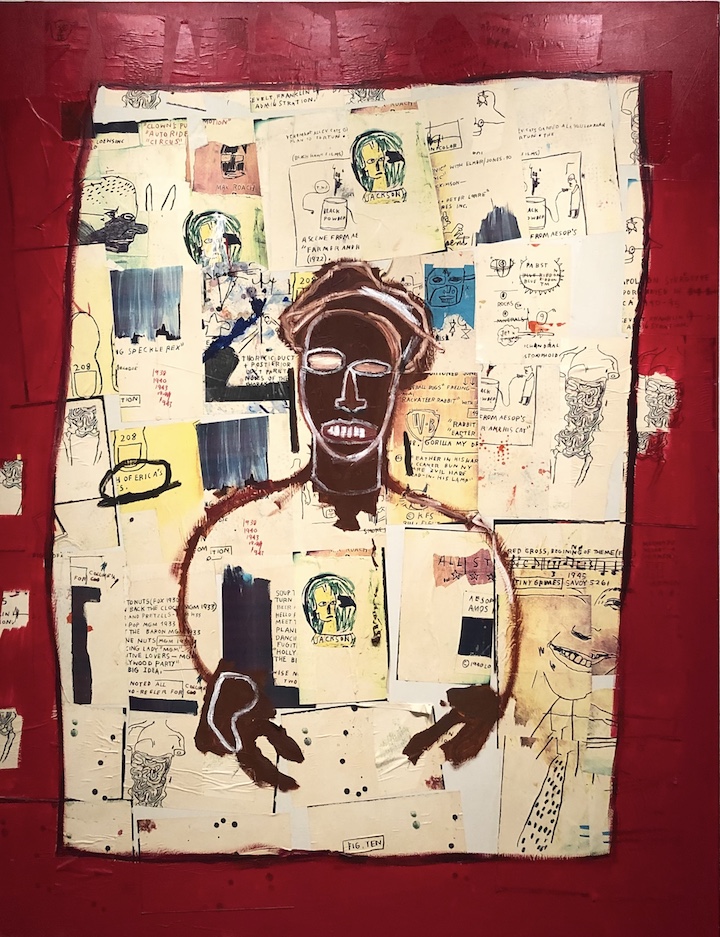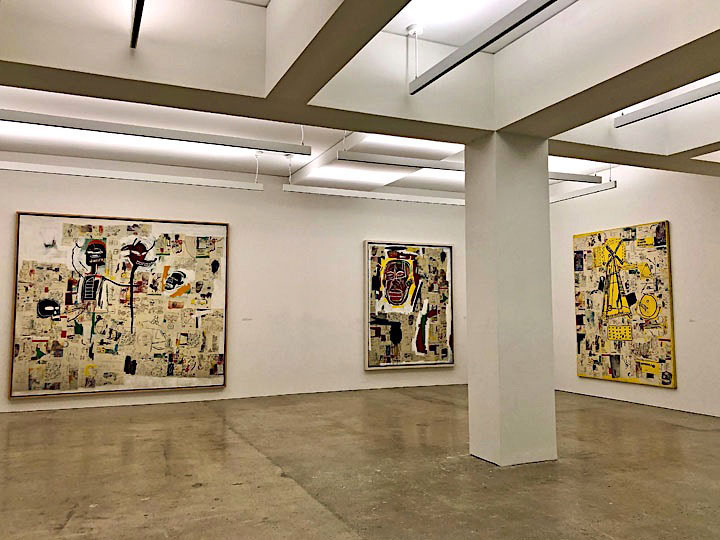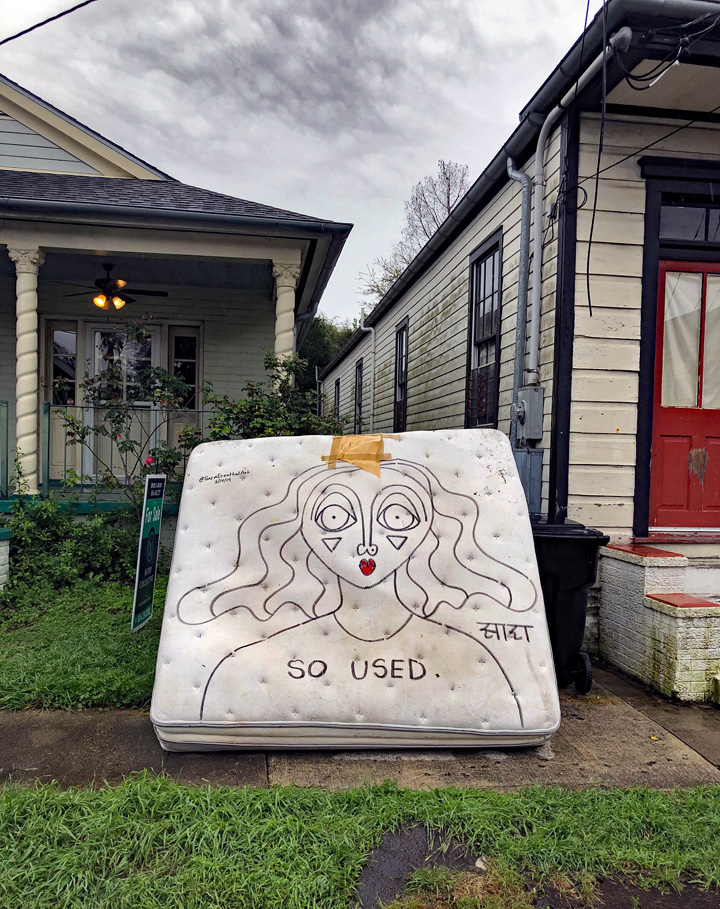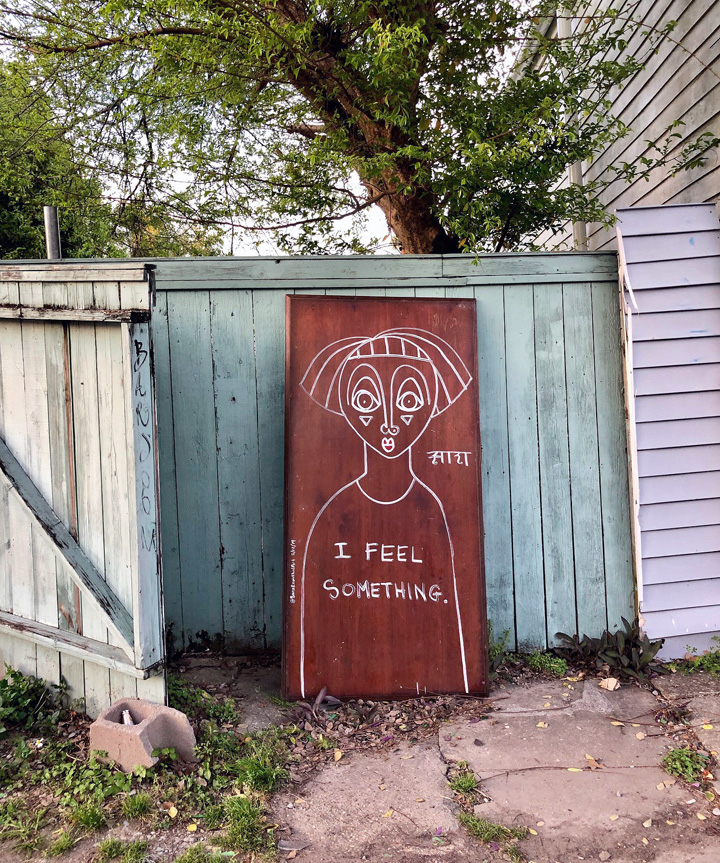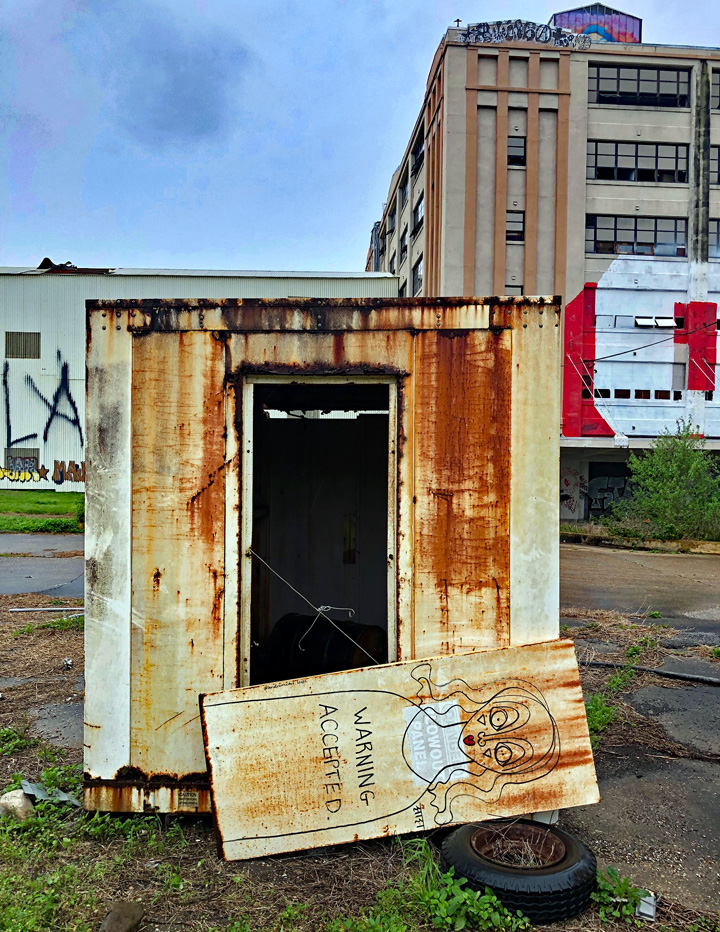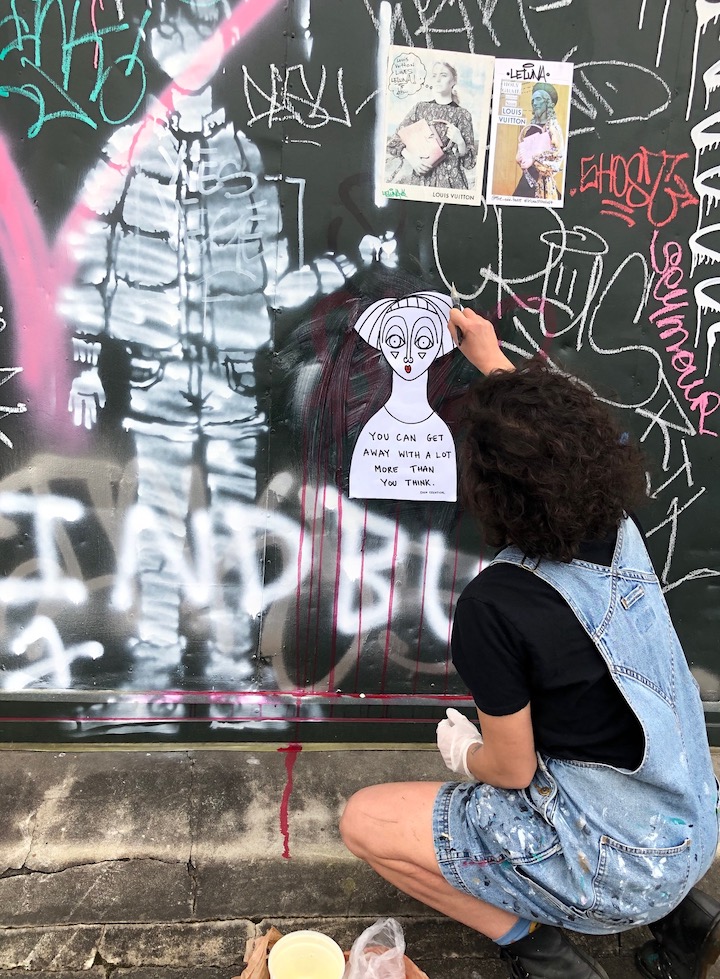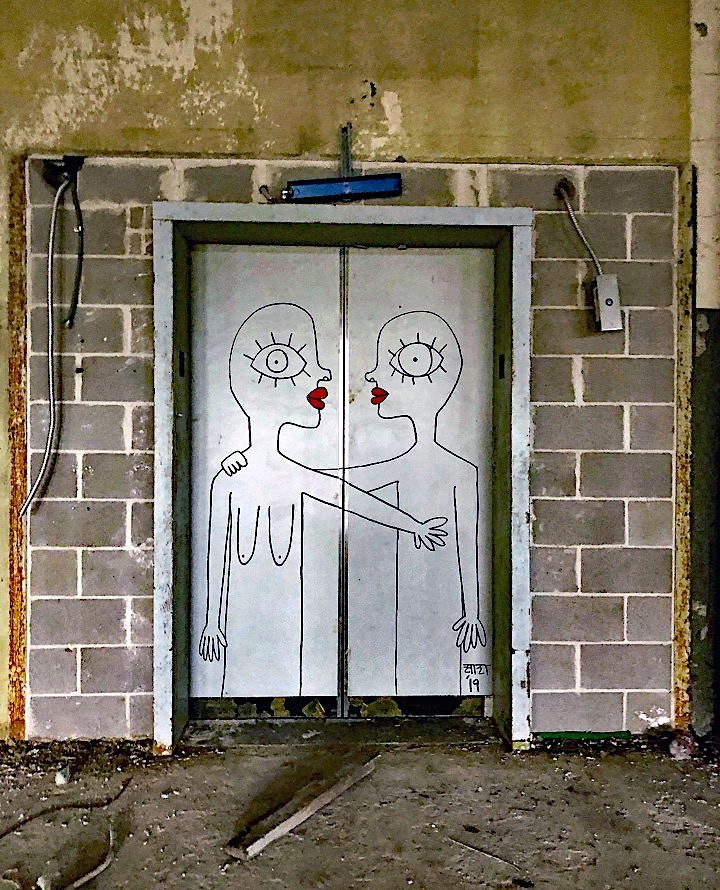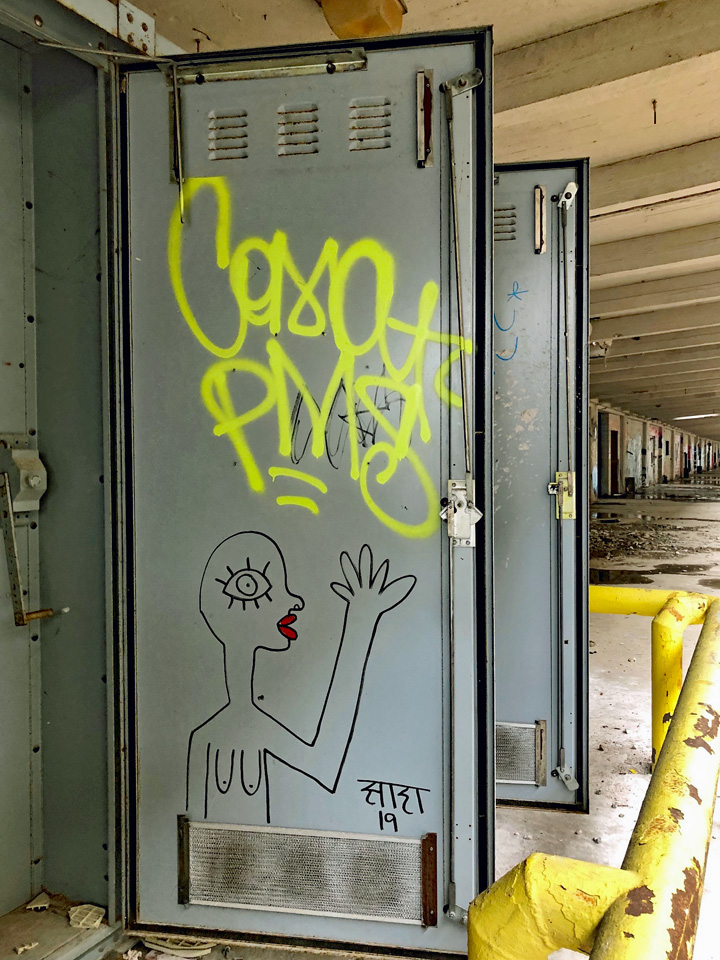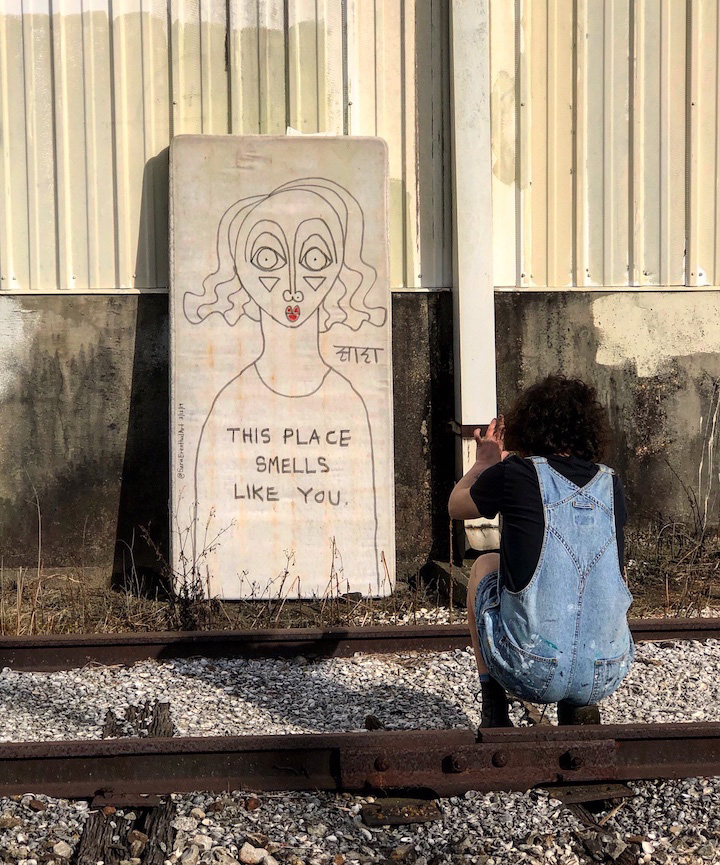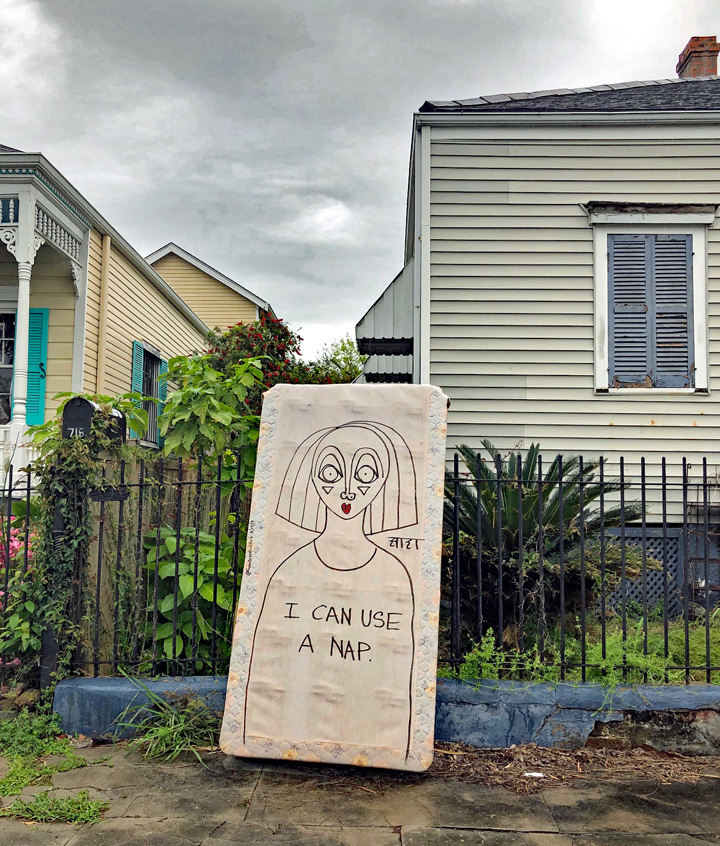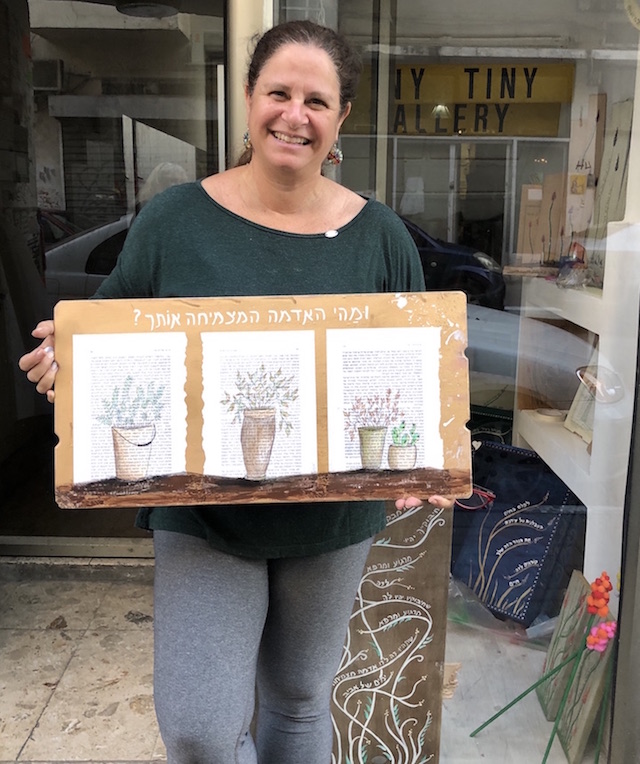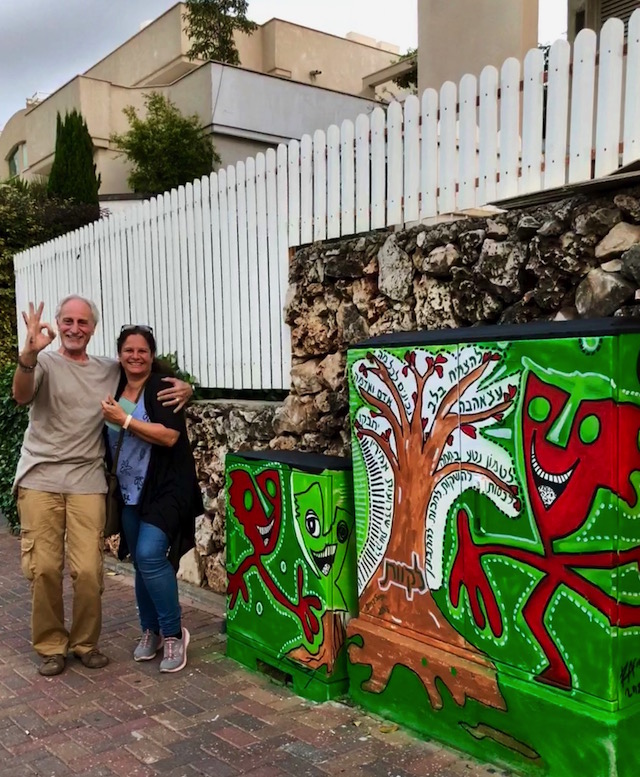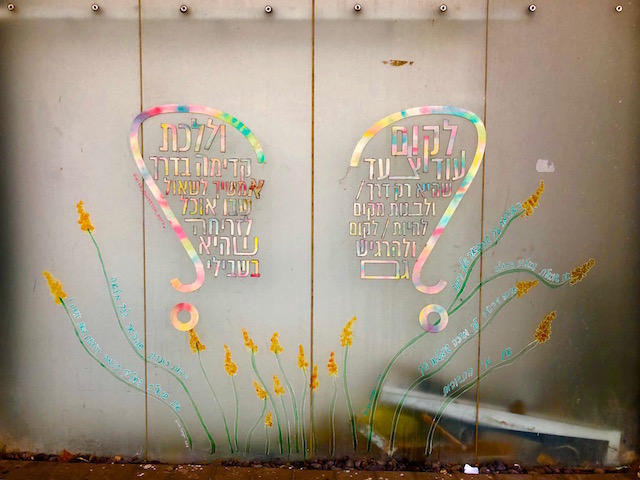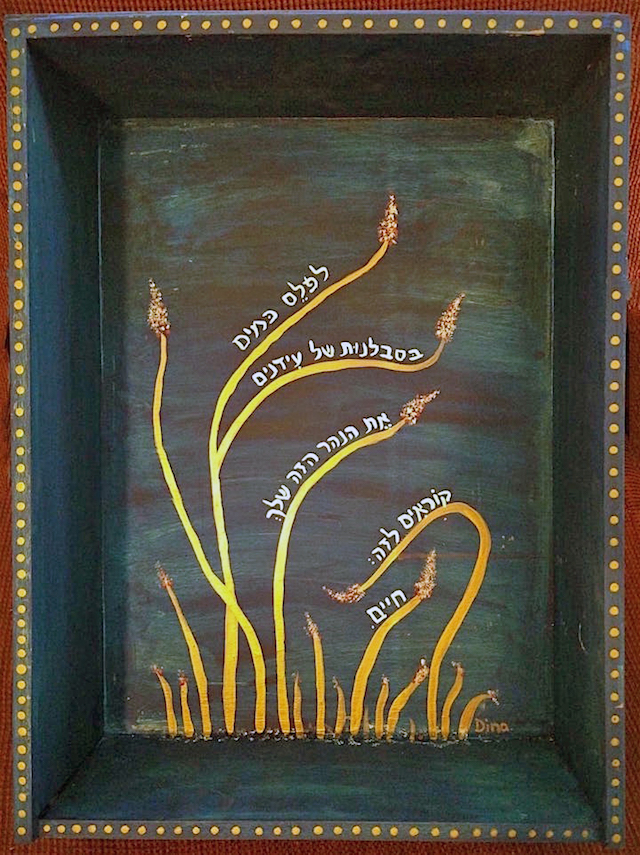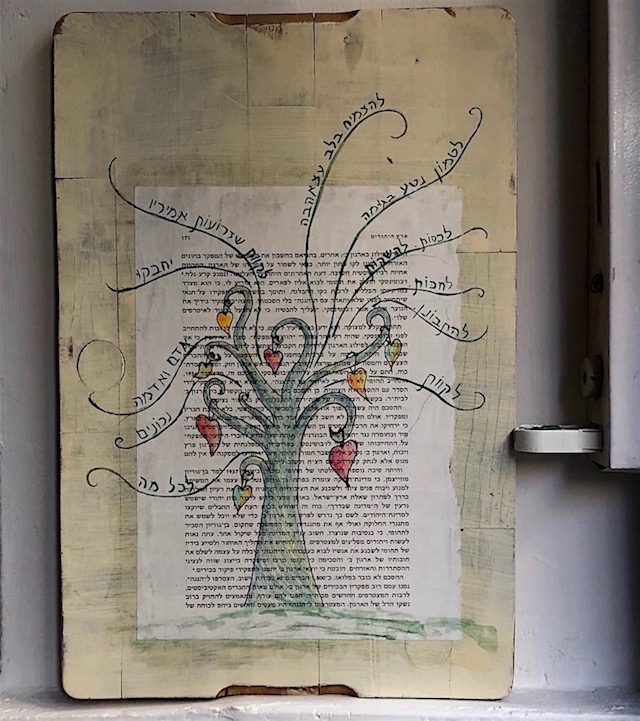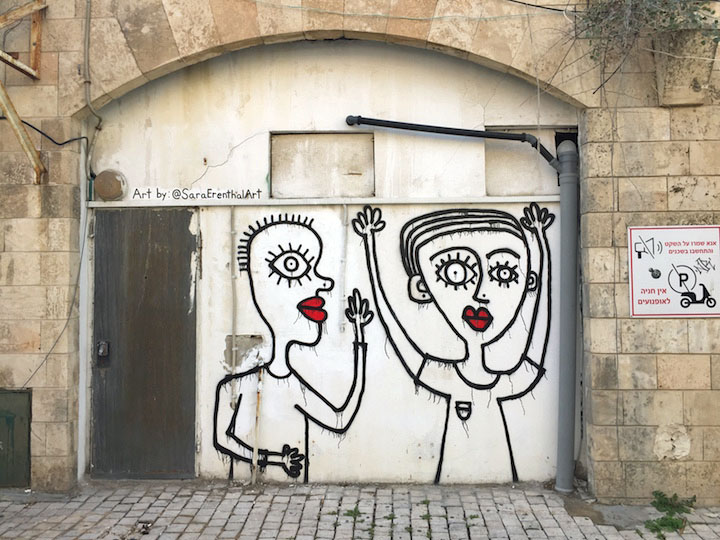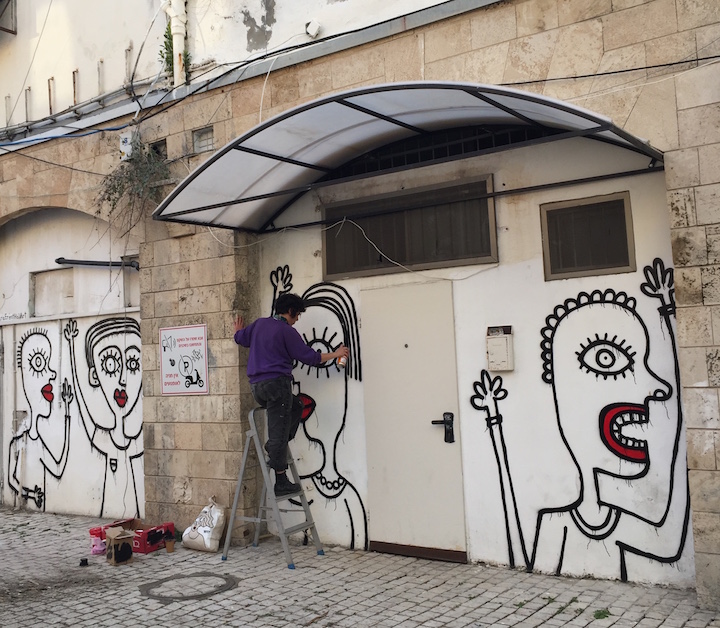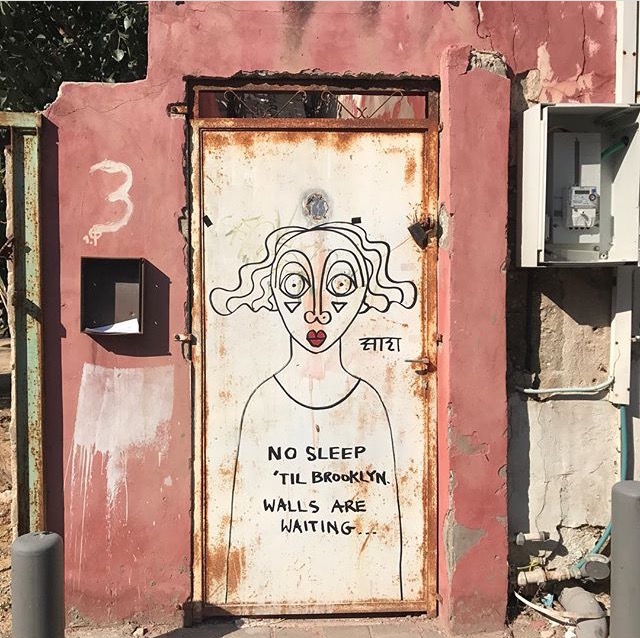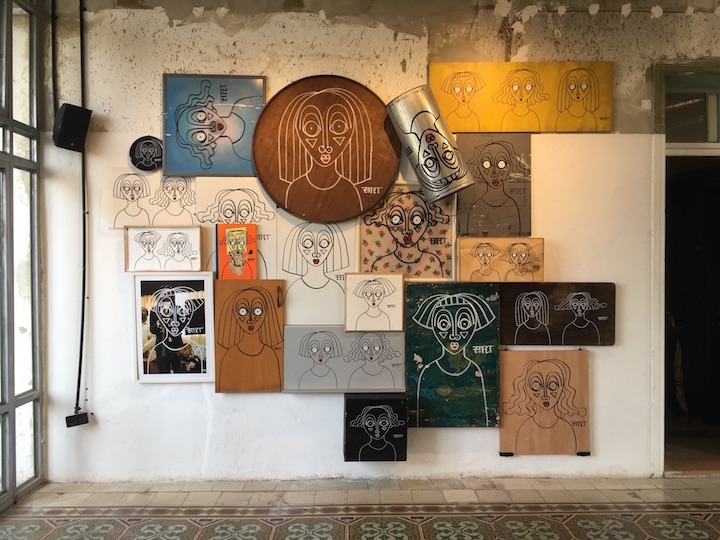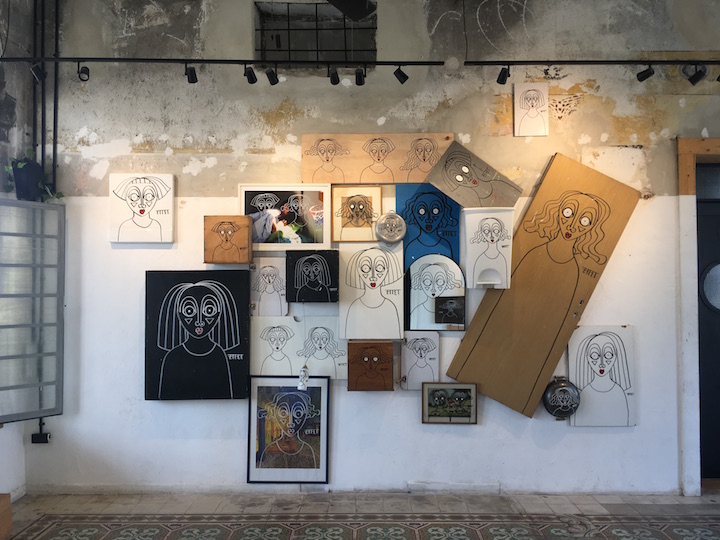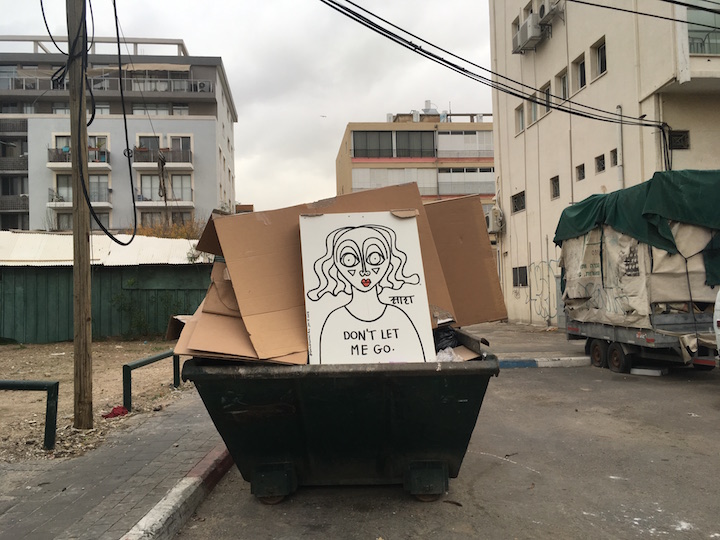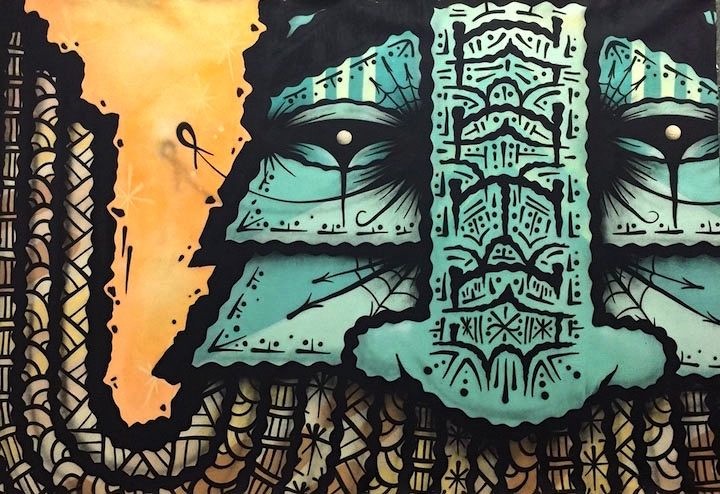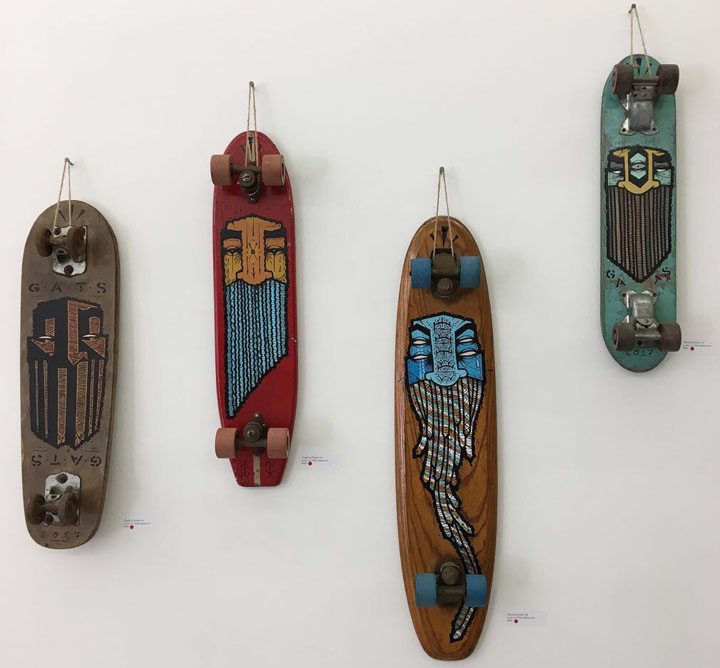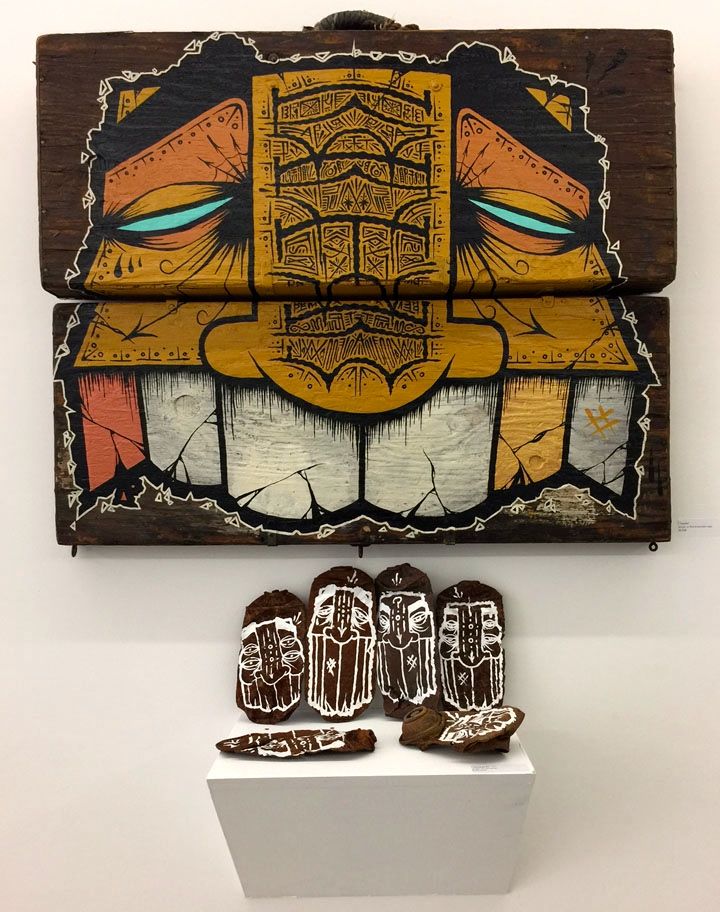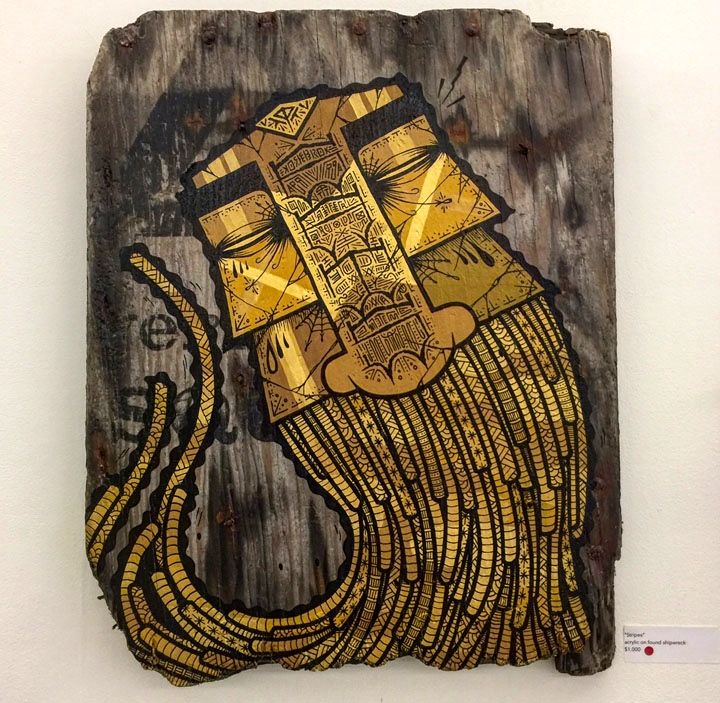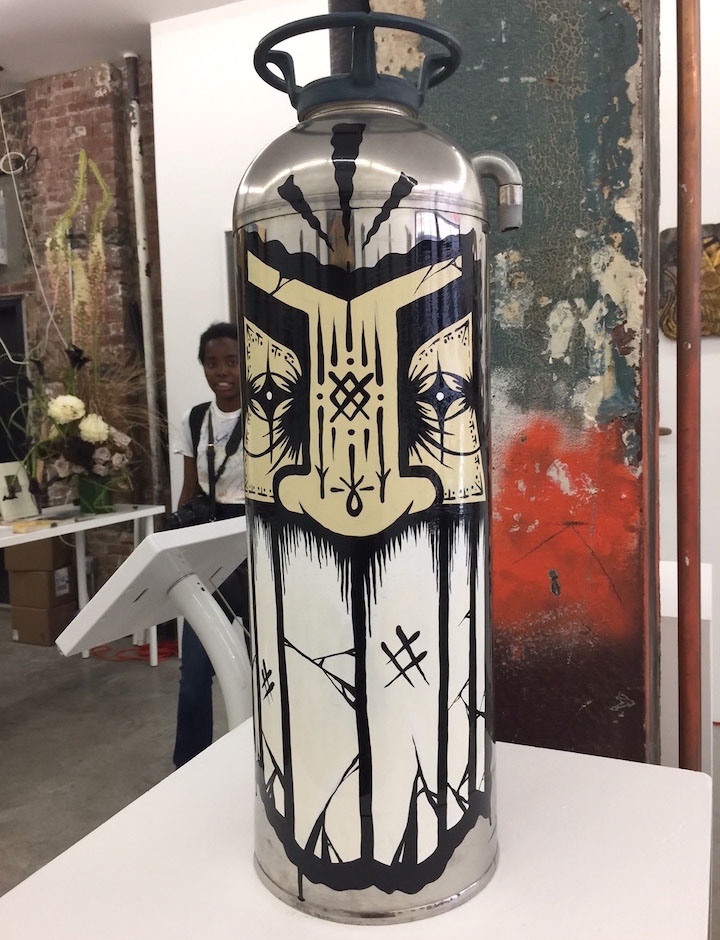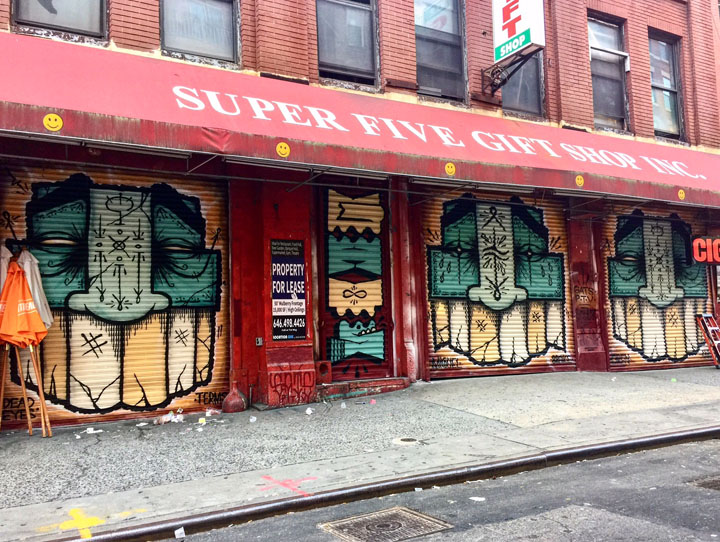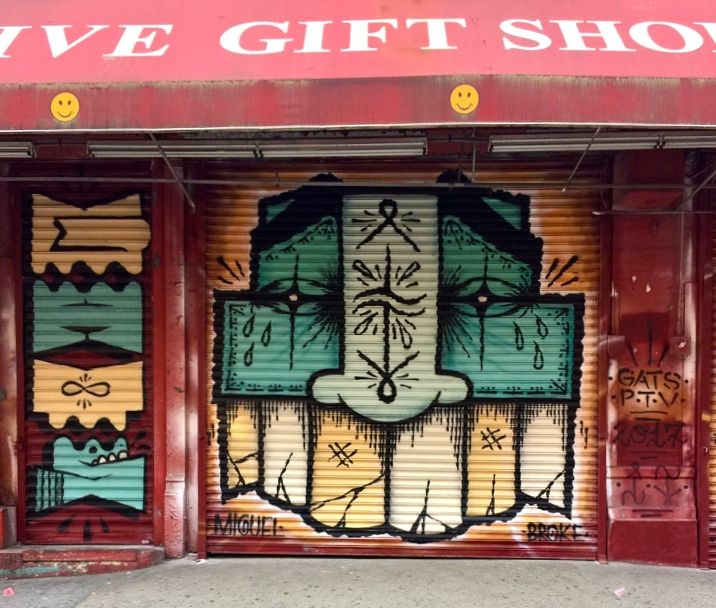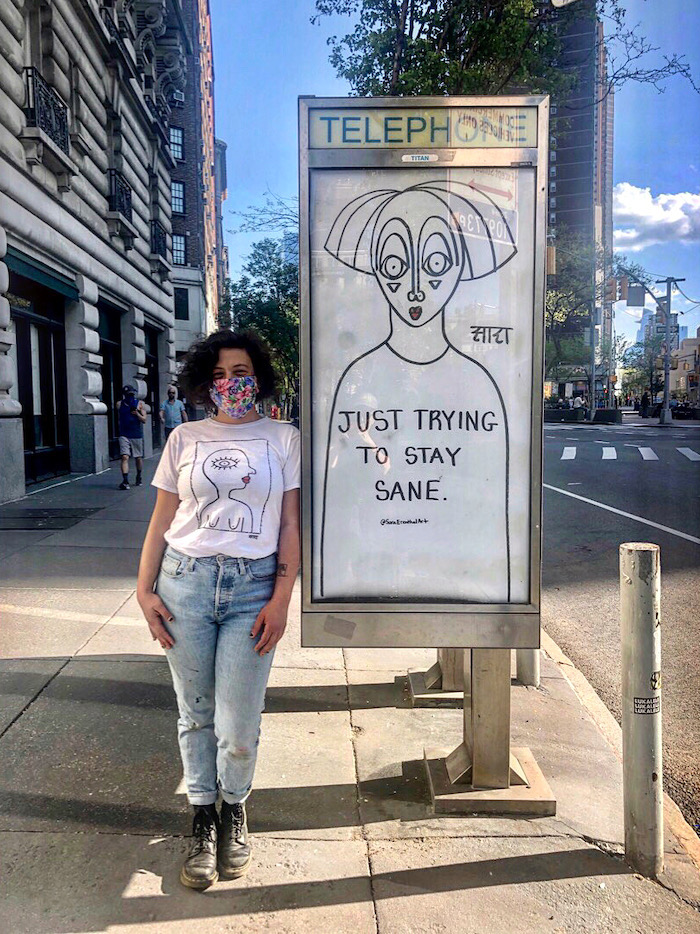
Brooklyn-based multidisciplinary artist Sara Erenthal has been busy! Sharing her personal musings on found objects, enhancing windows of local businesses and interacting with passersby, she has been making a huge mark on NYC’s public spaces throughout the pandemic. I recently had the opportunity to pose a few questions to her:
Of all the NYC artists I know who also use the street as a canvas, you may have been the only one out there almost daily at the height of the pandemic. What spurred you to hit the streets at a time when so many folks remained indoors or only went out for essential items?
At the very beginning of the pandemic, I was out only for errands. I wasn’t making any art. I actually isolated myself for about two weeks, as I wasn’t feeling well. But on the first walk I took, after self-isolating, I ran into two little pieces of wood. I couldn’t resist. Why do I do it? I live alone. The only view I have is of my alleyway. I need to get out and stretch my legs. I need to create art for my sanity. The street is a place where I can scream and be heard.
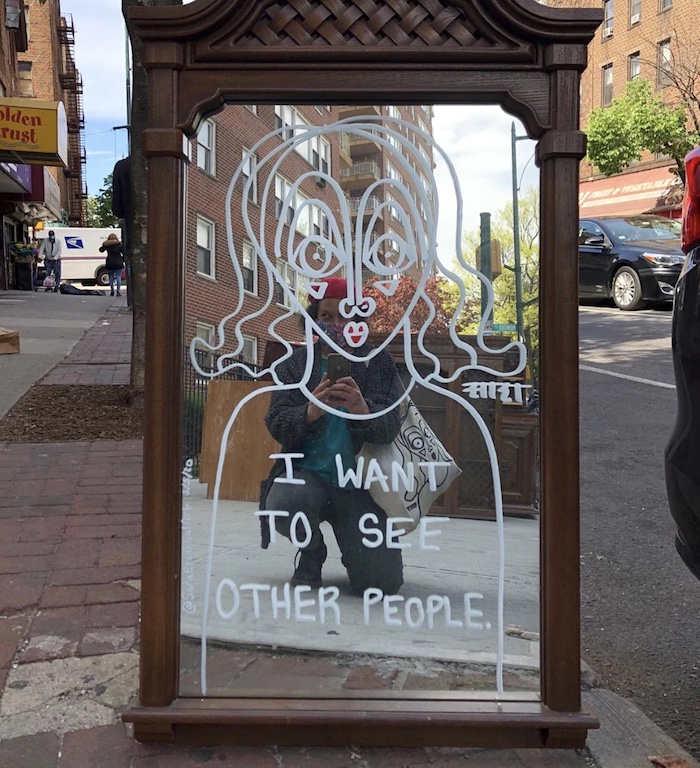
How have folks responded to seeing you out there?
The response has been amazing. People stop me and thank me for creating work. I’ve even been receiving donations, along with all kinds of support. People are so grateful that I am out there creating art in these times.
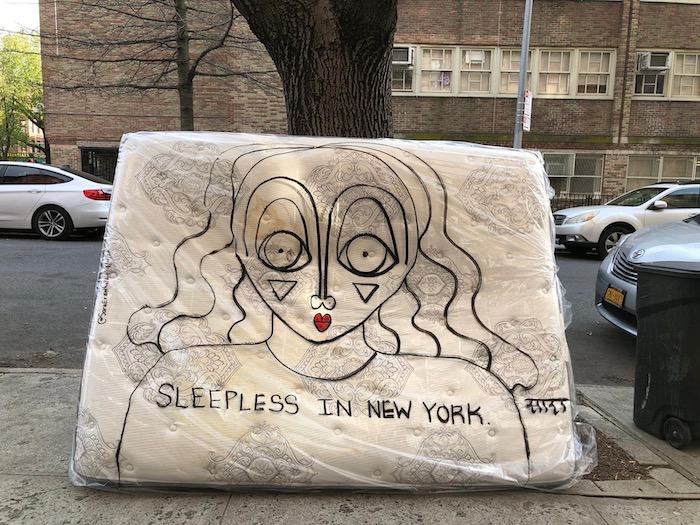
Do any particularly memorable experiences stand out?
There are many! Early on, I came across a coffee table near my apartment that had been discarded. I wrote on it, “Hey, neighbor, let’s connect.” A month later, I discovered that a homeless guy who lives near my local train station had adopted this piece. I would love to meet him. Particularly memorable is the day I sat myself down in Prospect Park with a sign that read: “I live alone. Please talk to me from 6 feet away.” The response I got was incredible. People lined up to speak to me. It was the interaction that I so crave.
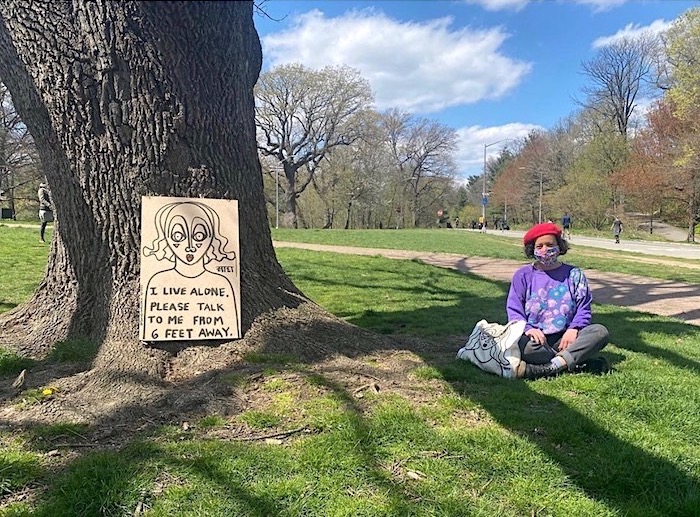
You’ve been featured in at least a half dozen publications – from the Gothamist to the Brooklyn Rail – within the past few weeks. Has that publicity impacted your career as an artist?
It has. But equally, as people see my work on the streets and on Instagram, my audience expands. It’s a mix of both.
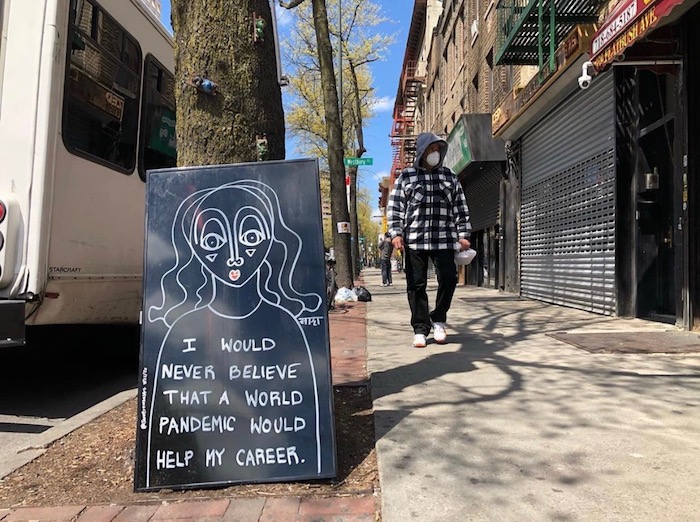
Both pieces that you did in my Upper West Side neighborhood — one on a discarded mirror and the other one, an ad-takeover on a phone both — disappeared within two days. How does that make you feel?
I was not surprised that the mirror was taken. I’d rather it land in someone’s house than in a landfill. But I was disappointed that my piece was stolen from the phone booth. Someone obviously broke into it. I went out of my way to bring art into a neighborhood that misses it. I wanted it to stay for other people to see it. Whoever took it was not considerate.
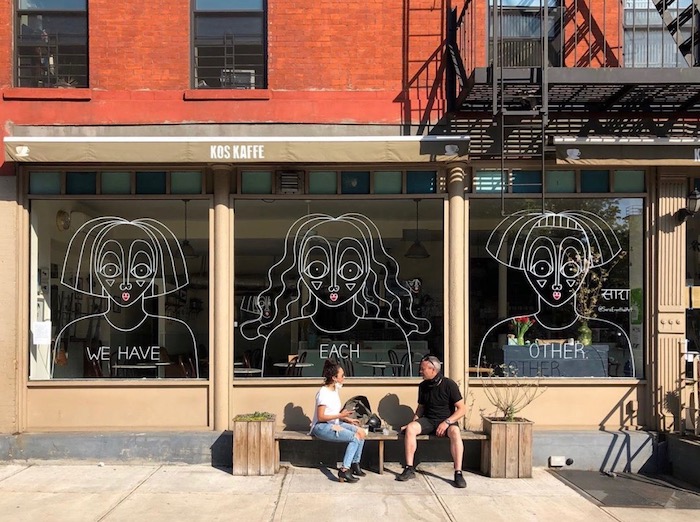
Yes! I miss seeing it on my daily strolls. Hopefully, you can return to Manhattan sometime soon. And thank you for bringing art into the lives of so many during this surreal time.
Interview conducted and and edited by Lois Stavsky
Photo credits: 1 Lois Stavsky; 2, 3, 5 & 6 Sara Erenthal, and 4 Meremundo
